Against All Oddities: A souvenir transmission, straight from Japan
Matthew Anderson is an American engineer with a penchant for backyard wrenching, weird and unloved cars, and crudely planned adventures, with a bit of world travel mixed in. We don’t ask him too many follow-up questions.
“If you can take it with you, you can have it.” That’s what my Japanese friend, Hiro, told me with respect to a certain transmission. The conversation took place a few days prior to me boarding a flight to Tokyo. I brought an extra duffel bag, figuring JDM car parts count as souvenirs.
The gearbox in question is a Toyota six-speed manual with a stock Torsen limited-slip differential. It happens to fit a specific A-series motor that is dear to my heart. My thought was to reinvent my old M3-gobbling Corolla track car from my N.C. State University days. And if that didn’t pan out, I could always pop it in my newly acquired JDM Carina!
Whatever the application, I’m incapable of turning down a free transmission—in any country—so I blindly accepted Hiro’s offer.
I arrived in Japan confused as to which meal was next, sat through two days packed full of work meetings in Nagoya, and all the while had no clue how one brings a Toyota gearbox onto a commercial airliner. How was I even going to get it onto public transportation? Would United Airlines be concerned about the weight? Remnants of gear oil? Would I have to break it into pieces? How would I even do that?

The plan, if you can even called it that
First, let’s start with the question of weight. A C160 transmission like this tips the scales at around 90 pounds, which is 15 pounds more than I was allowed, lest I incur another $400 in various baggage fees. I realized I could scrap the bell housing to knock it down by around 12 pounds; that meant simple removal of the ring gear and limited-slip—both easily wrapped in underwear for safe stashing in a checked bag. Fortunately, a second bag was included with my work-provided business-class ticket. The hard part would be tearing down the gearbox and stuffing it into my two pieces of luggage. You know, normal business-class traveler stuff.
With that idea partially sorted, a second question remained: How does one haul 120 pounds of metal and clothes, split between two bags, across three different public trains? I asked my work colleague, Isaka, if he could help me find a rolling cart similar to what I’d seen elderly Japanese women hauling around to transport large bags of seafood. We made our way though the labyrinth of underground shops and izakayas to a brightly lit, five-story mega shop called Bic-Camera. Jackpot! A chromed rolling transmission platform was mine for about 18 U.S. dollars.

Now, yes, the third question: Where would I break this six-speed into smaller, stowable pieces? Hiro assured me it would all work out, provided I met him in a precise place, at a precise time. Gulp.
The execution, if you can even it call it that
I left my Nagoya hotel room at around 5:45 a.m. and arrived in Yokohama at 9:27 a.m. (Trains in Japan are highly punctual.) I told my work colleagues to not wait up. I’d just meet them at Narita airport … hopefully.
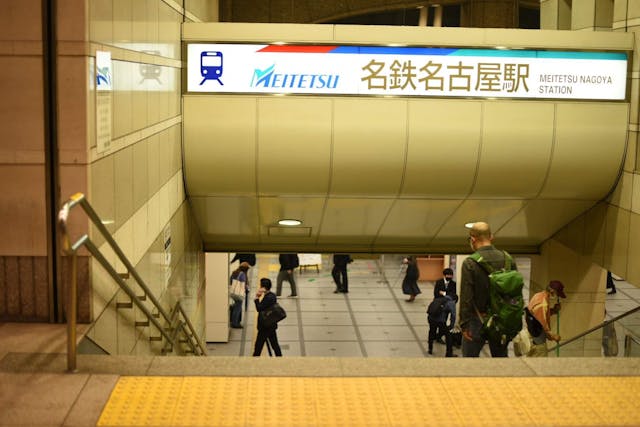
I de-trained right on time, and there was Hiro standing at the turnstile exit. When we got to the parking garage, he navigated a touchscreen menu that resulted in his diminutive blue Subaru Sambar van being automatically fetched via elevator from what I assume was the mantle layer of the planet Earth. We set off into a deluge of rain. Japanese classic rock played on the radio against the whine of a very tiny supercharger.
Behind my seat, I noticed an assortment of tools and my dear C160 transmission. But where were we going? We soon pulled up to a nondescript garage in an industrial area. A moss-covered Porsche Junior tractor languished beside a cracked garage door.

I followed Hiro behind said door, where his friend Uchiwa-san was climbing into a prewar Lancia Lambda, green umbrella overhead the open top.
Unsure if this was all an elaborate hallucination, I looked around the shop. The place was packed full of vintage Italian projects, including a 25th Anniversary Lamborghini Countach and a Ferrari 365 Berlinetta Boxer on a lift. Amid this choice metal, on a concrete floor underneath a flat-twelve engine, we tore into my worthless Toyota six-speed.
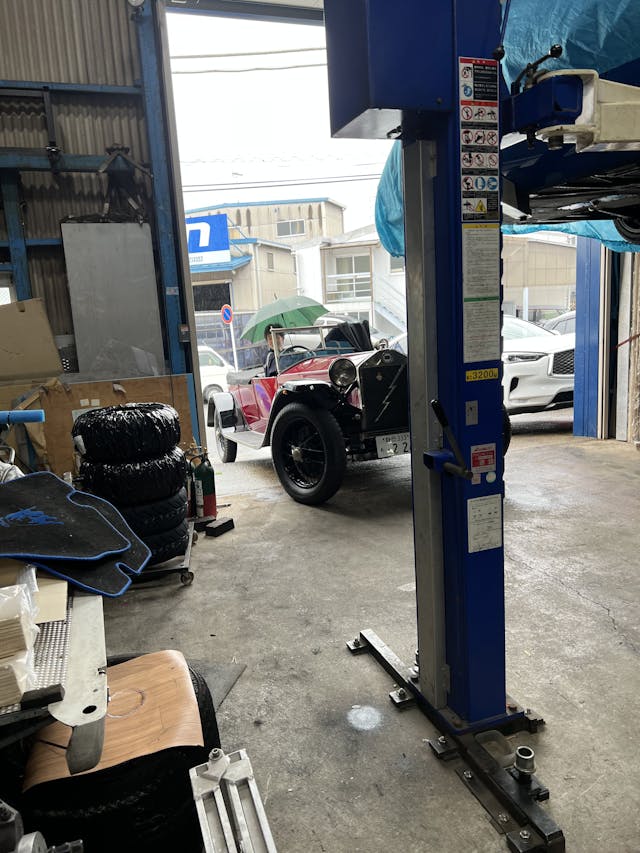
Low-hanging fruit came first: We furiously pulled and bagged snap rings, brackets, speedometer drives, and so on. Things were moving rather quickly, right up until the bell housing protested. Its securing bolts came off fine, but the case halves wouldn’t split. Hammering, prying, heat—none of it cleaved the stubborn case. Uchiwa-san, a master of transaxles mainly for cars costing multiples of six figures, squatted next to us and smoked a cigarette. He said some things to Hiro, none of it comprehensible to a gaijin like me. It must have been brilliant, because a few minutes later we had located two hidden internal case bolts that also needed to be removed. A few wrench twists was all it took to split apart the case in a frenzy of bearings, shafts, and gears.

We stripped and trashed the bell housing, separated and dried whatever parts we could, wrapped it all in plastic, and stuffed it into my luggage. The bulk of the gearbox, cinched together with a ratchet strap, fit in my duffel bag. Everything else went into a rolling case, which on airport security’s X-ray must have set off some interesting alarm bells.
Somehow, we had 30 minutes to spare before my next train, which left time to poke and prod Countach motors, a Pratt & Whitney Wasp radial engine, a Steyr-Puch Haflinger, and even a Ferrari 250 GTO engine awaiting rebuild. After we said our farewells, Hiro rushed me to the first of my three scheduled trains. Traffic stalled a block from the station, so I bailed and ran the rest of the way as fast as one can with a transmission strapped to an oscillating grocery cart.
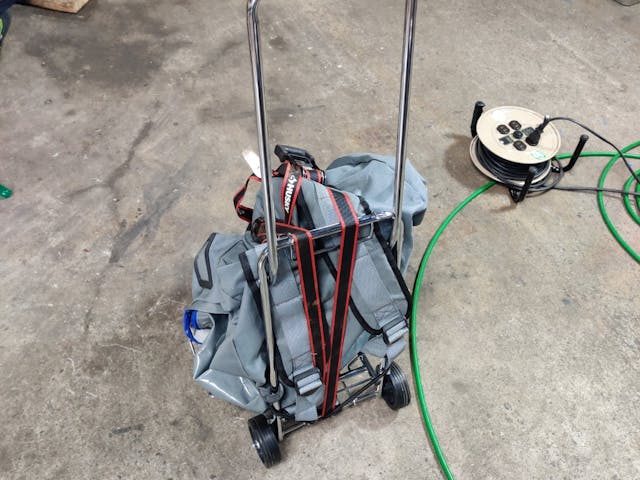
I missed two trains along the way but somehow managed to reach Tokyo’s Narita International Airport without major delay. Now began the fun part: negotiations with United.
In a stroke of undeserved luck, my colleague Isaka spotted me in the terminal, dragging my mobile encampment. He ushered me to check-in, which began with bright, happy faces from the ticket agents. The smiles started to invert as I loaded the two small-yet-mysteriously-heavy packages onto the scale. It turns out that luggage seemingly wrapped by a toddler, with the mass density of a neutron star and bizarre weight distribution, raised some red flags. I don’t know what Isaka said, but this magnificent man managed to get my chunks of iron, wrapped in plastic and boxer briefs, two APPROVED tags.
To celebrate, Isaka and I ordered a beer and a large plate of sushi. Muscle relaxers might have been a better idea, because the real pain of this endeavor was waiting for me back on U.S. shores. Stay tuned!
***
Check out the Hagerty Media homepage so you don’t miss a single story, or better yet, bookmark it. To get our best stories delivered right to your inbox, subscribe to our newsletters.
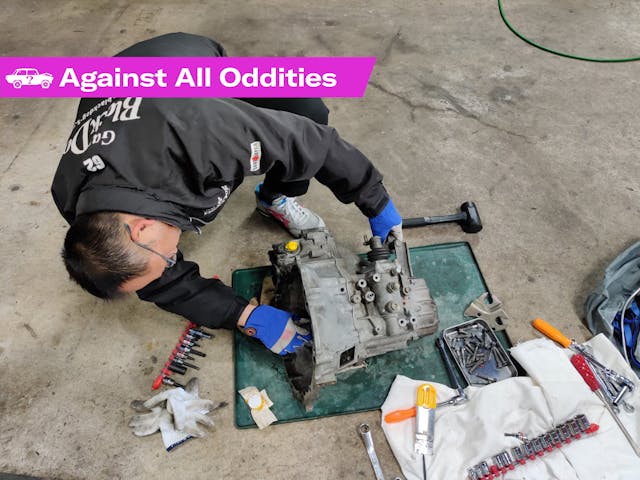
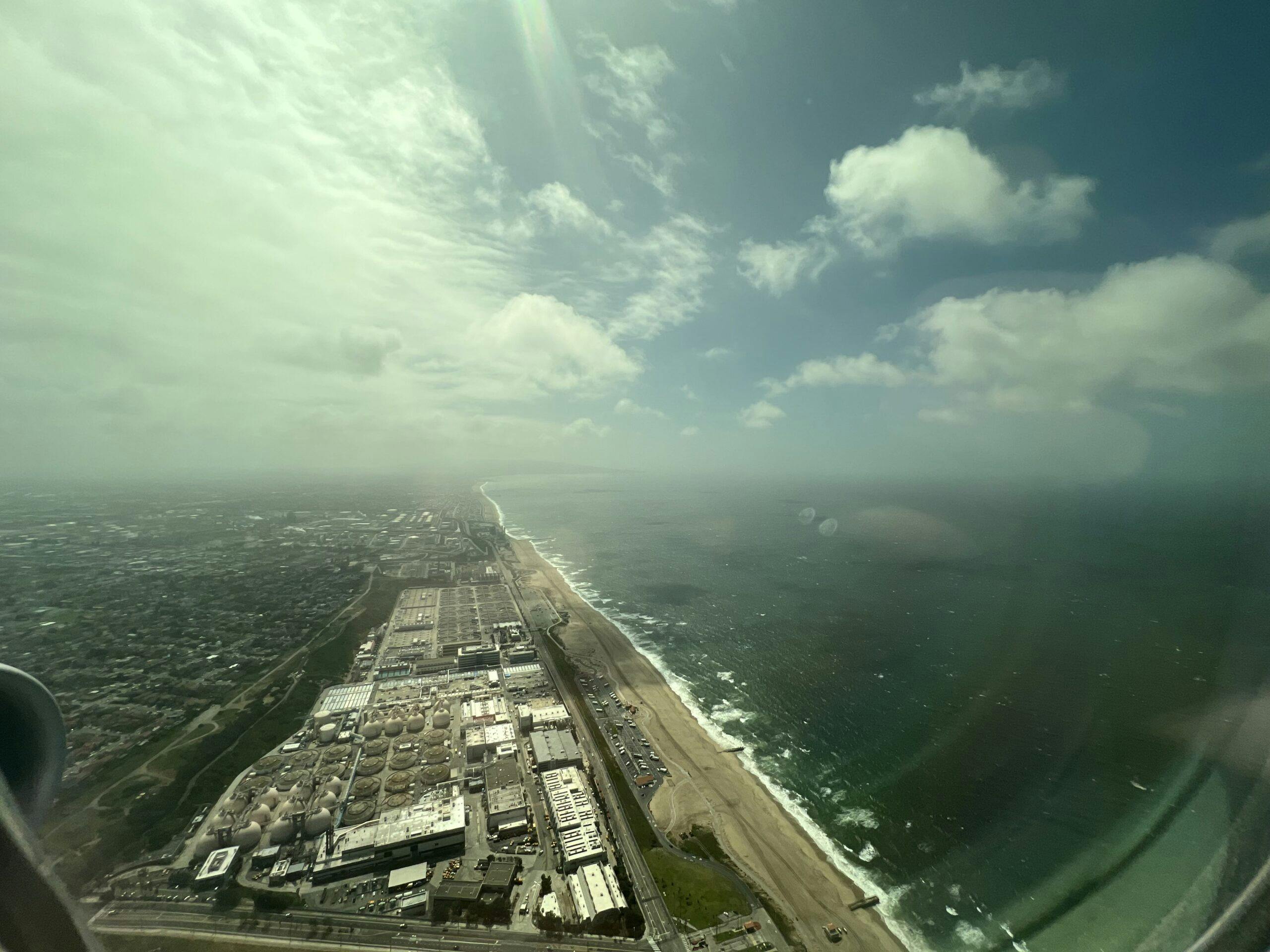
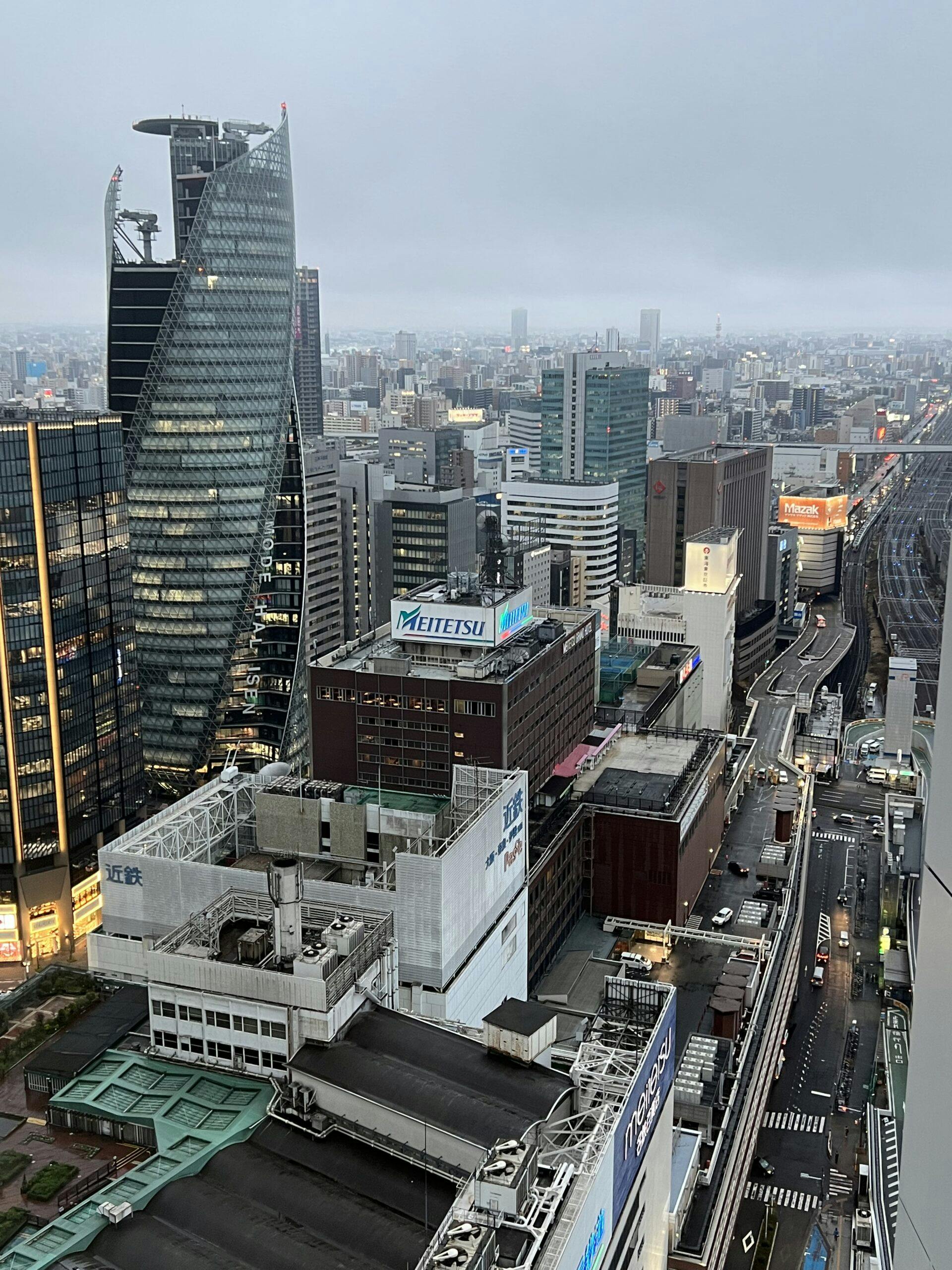




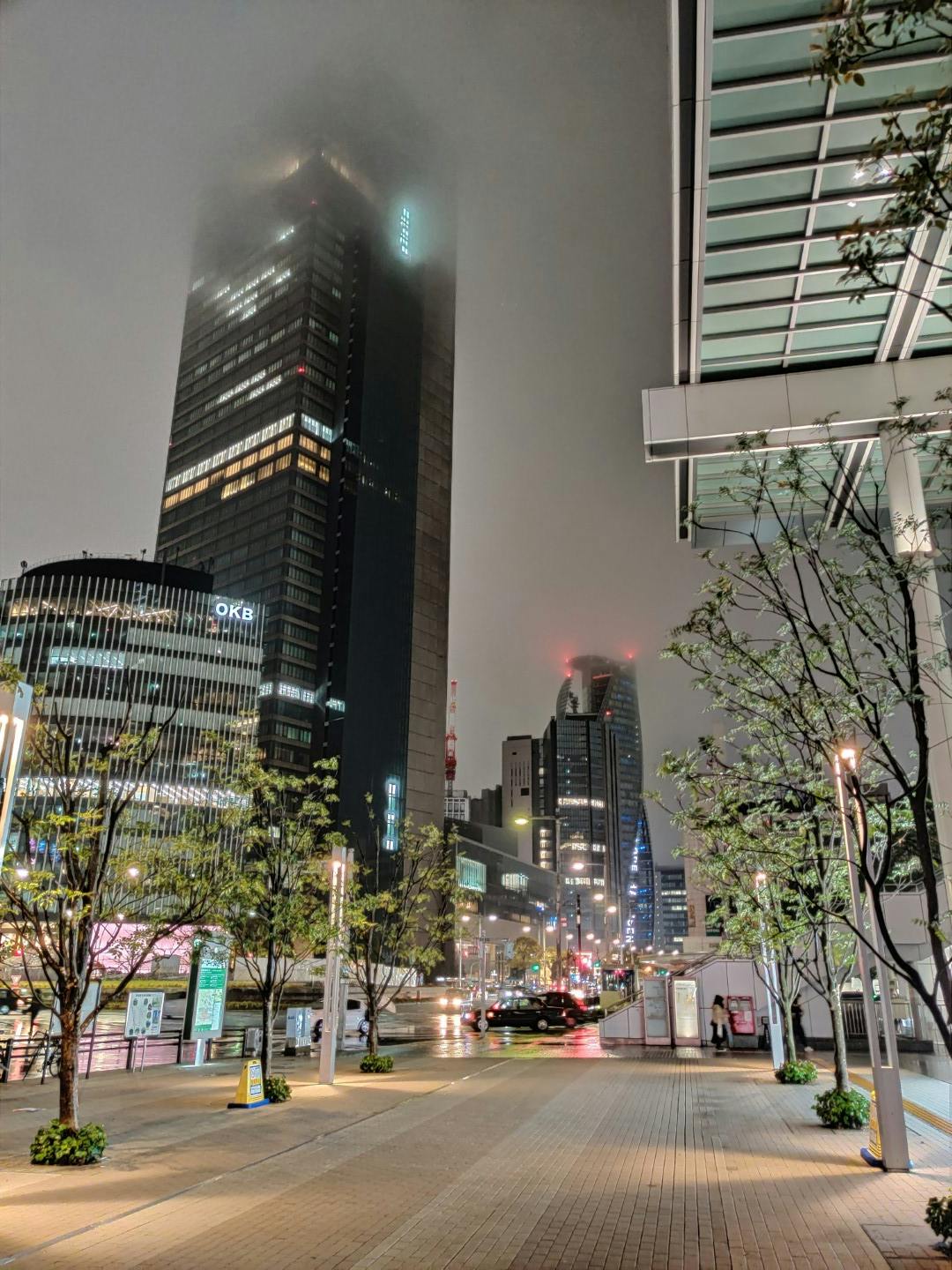
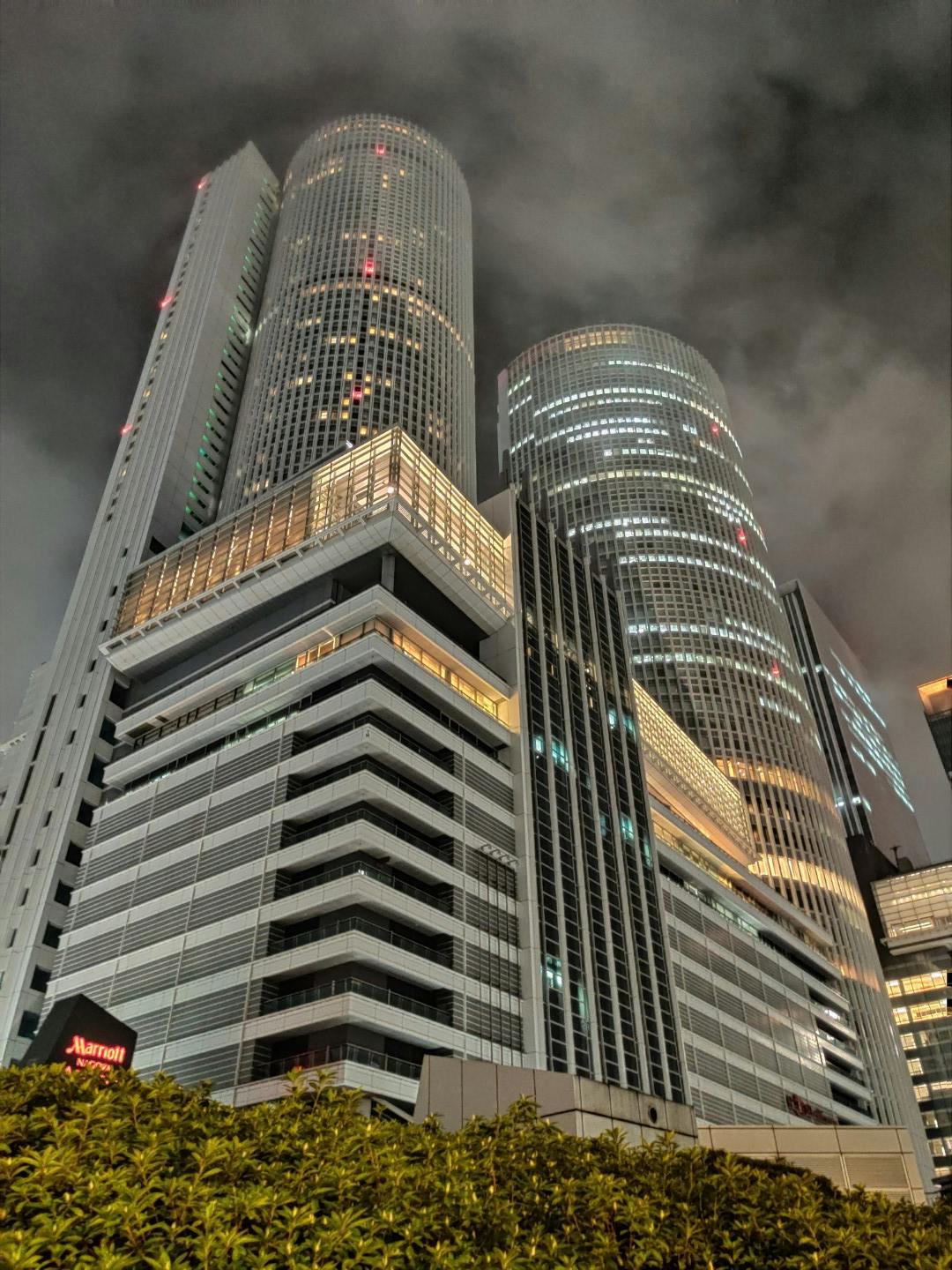
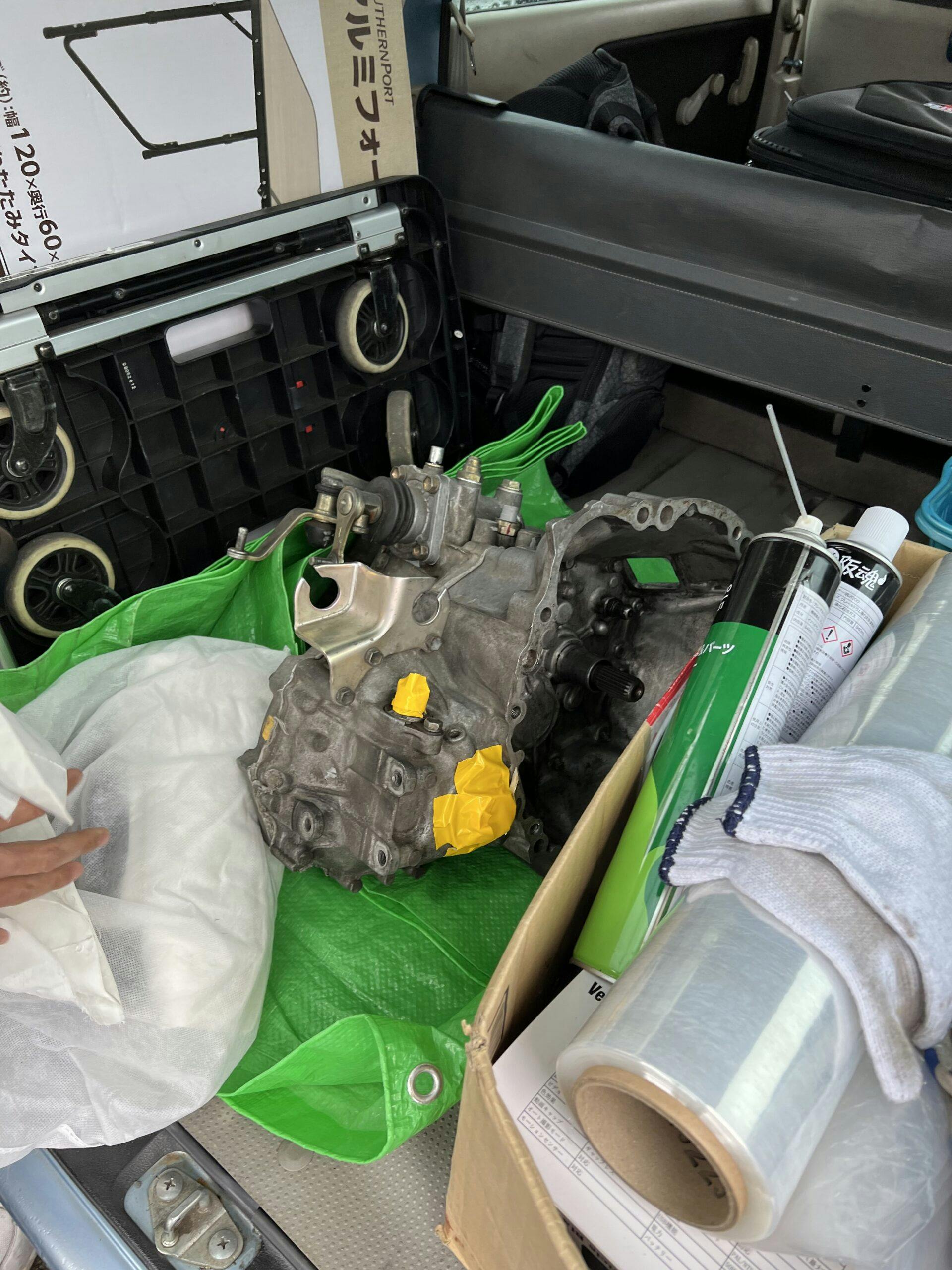
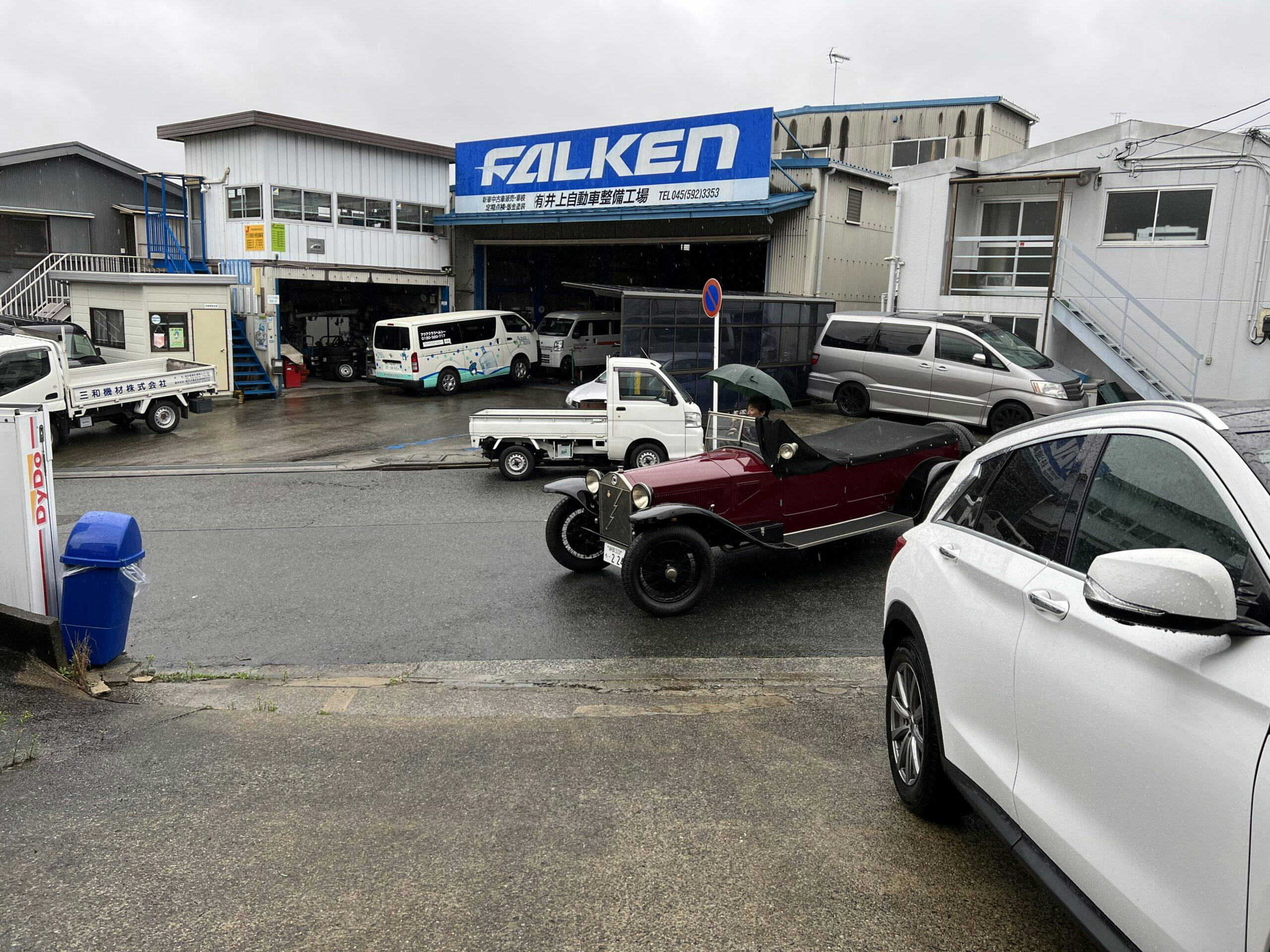
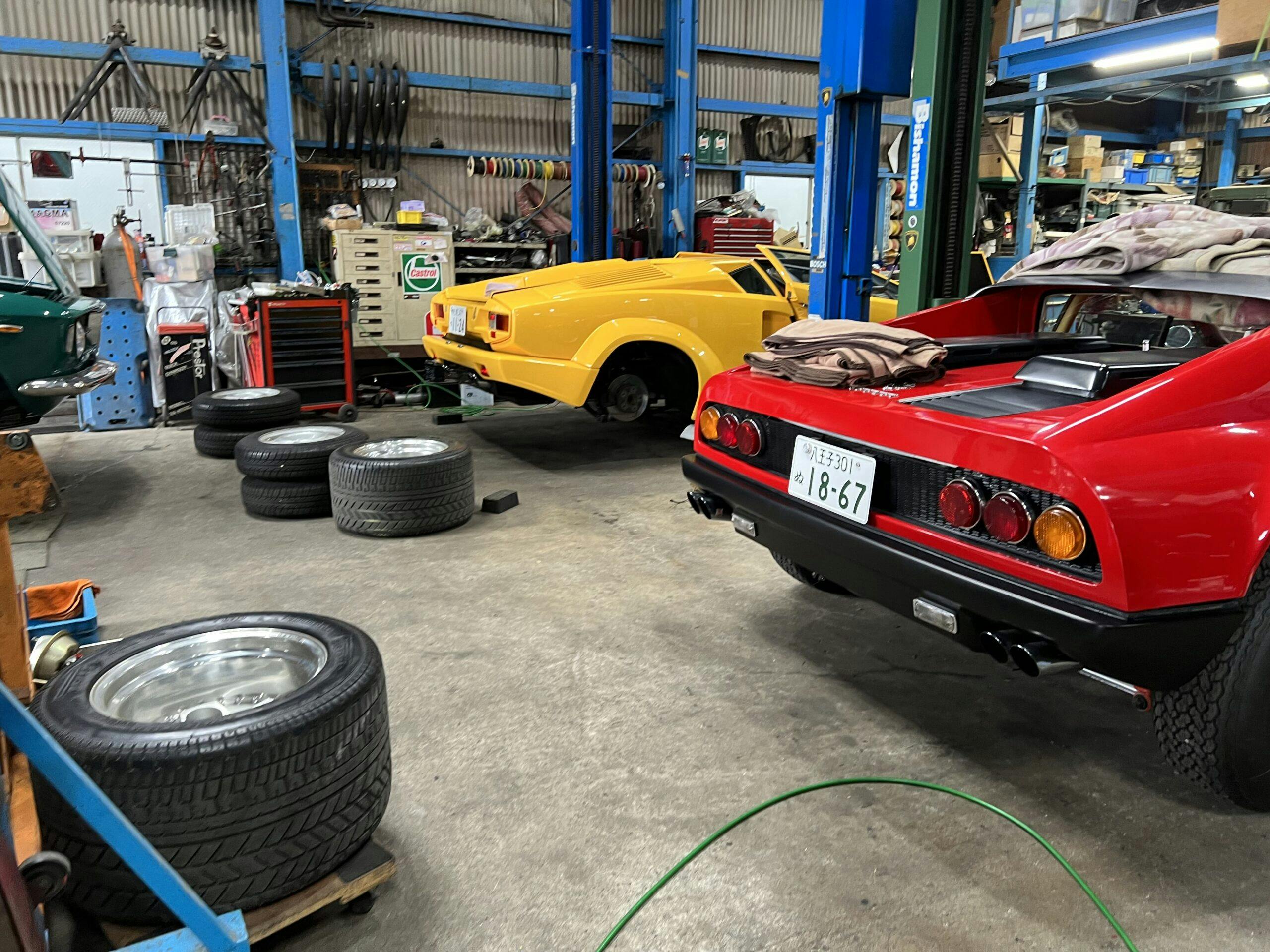
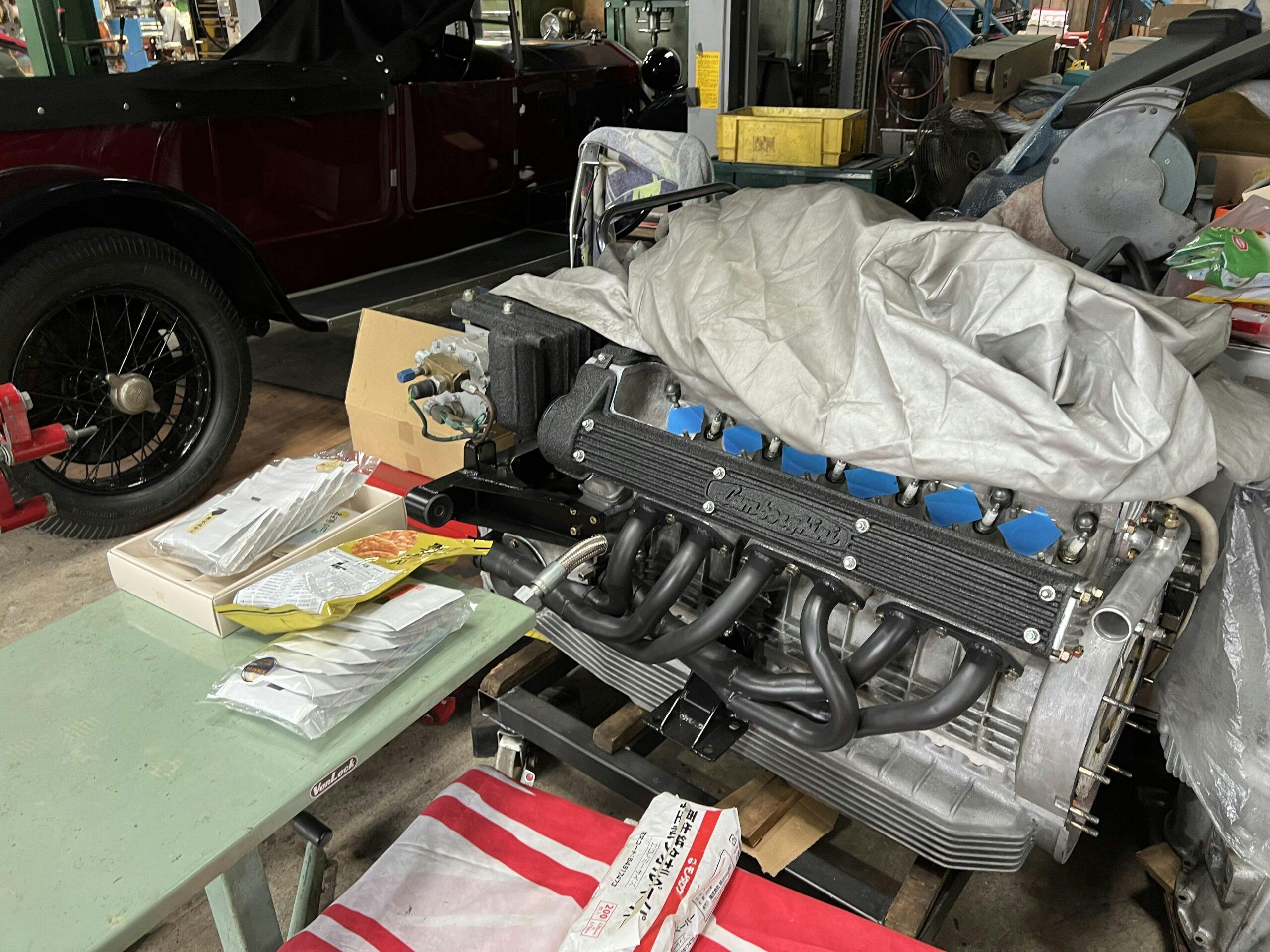
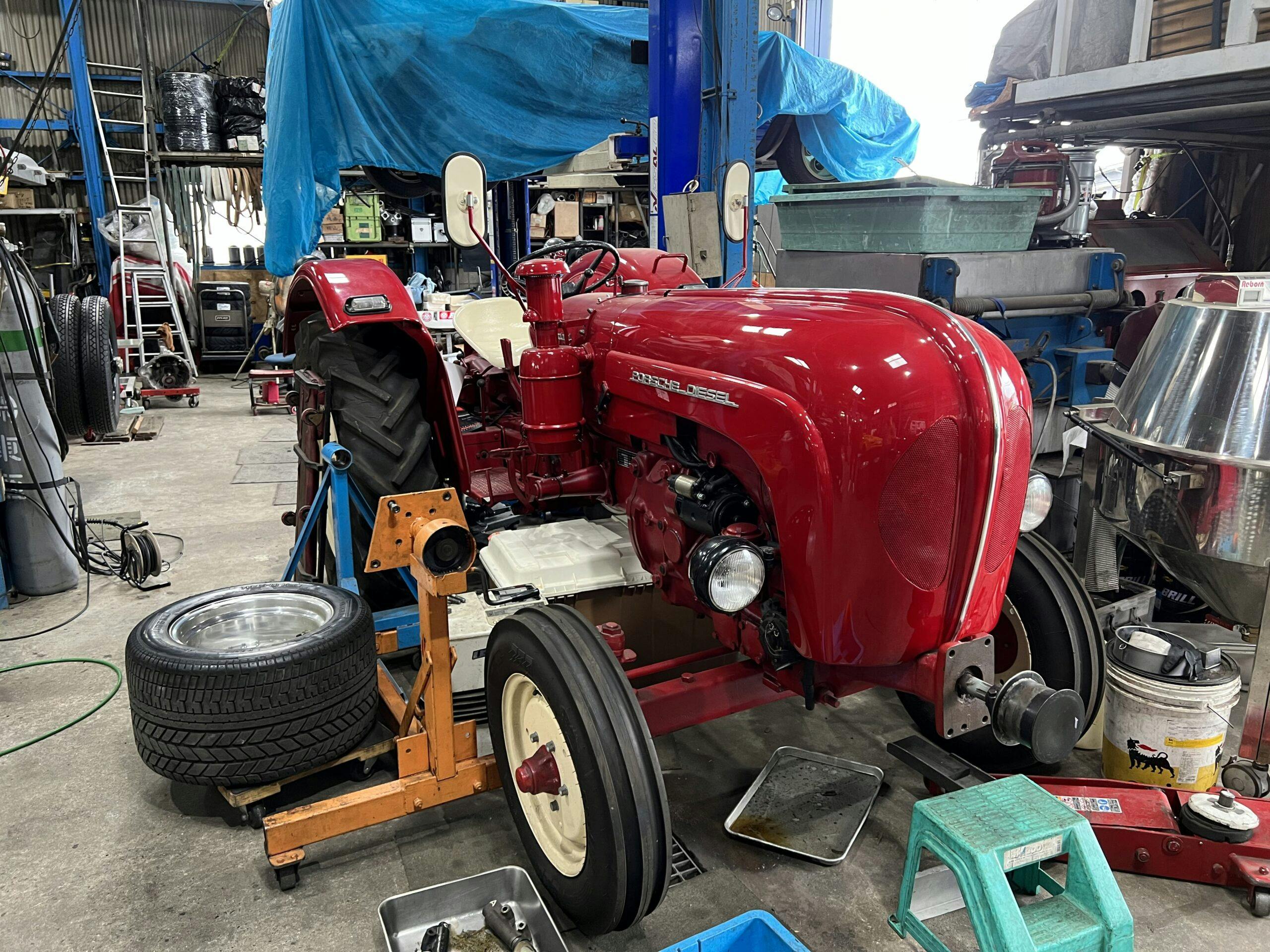

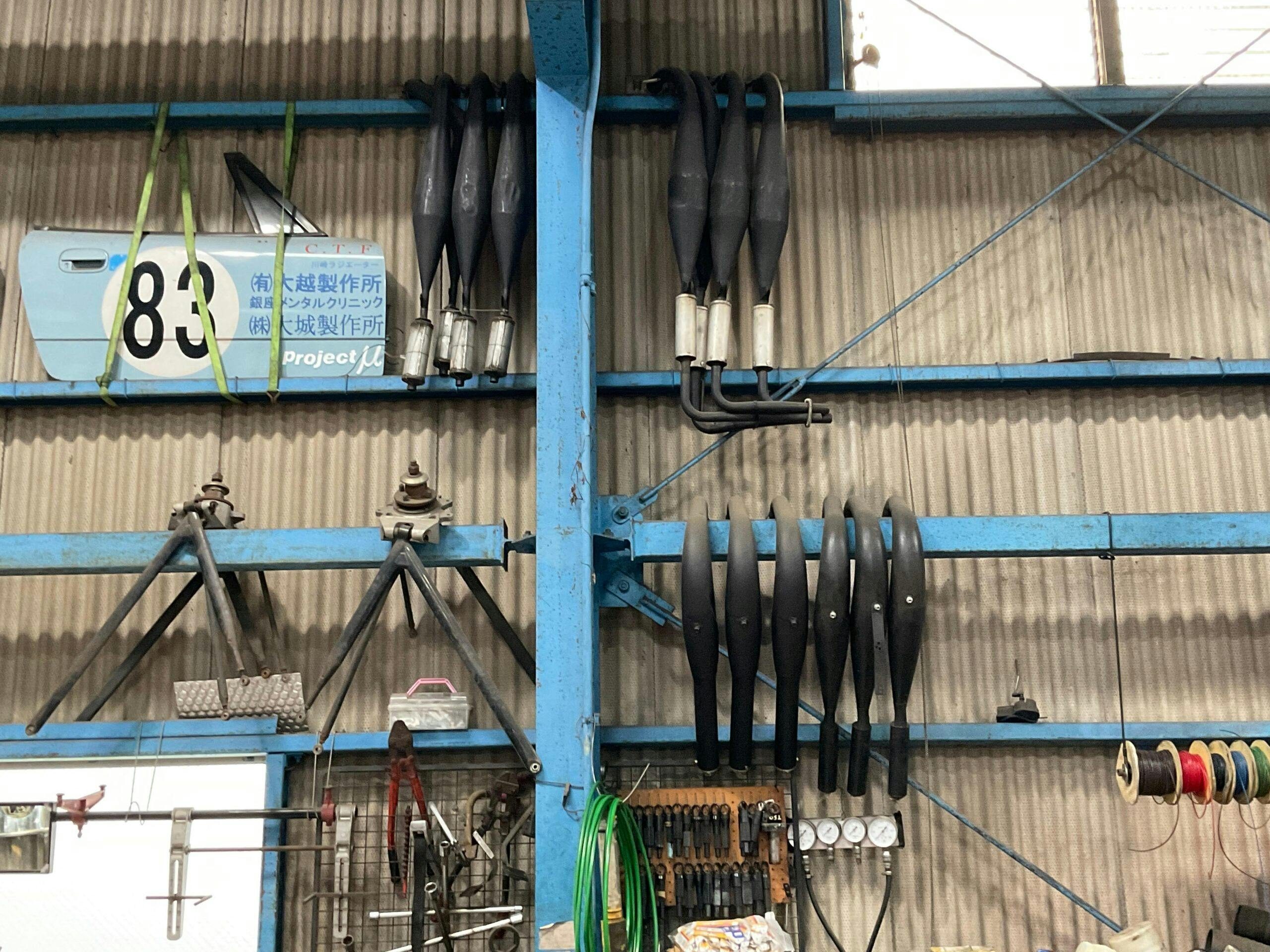
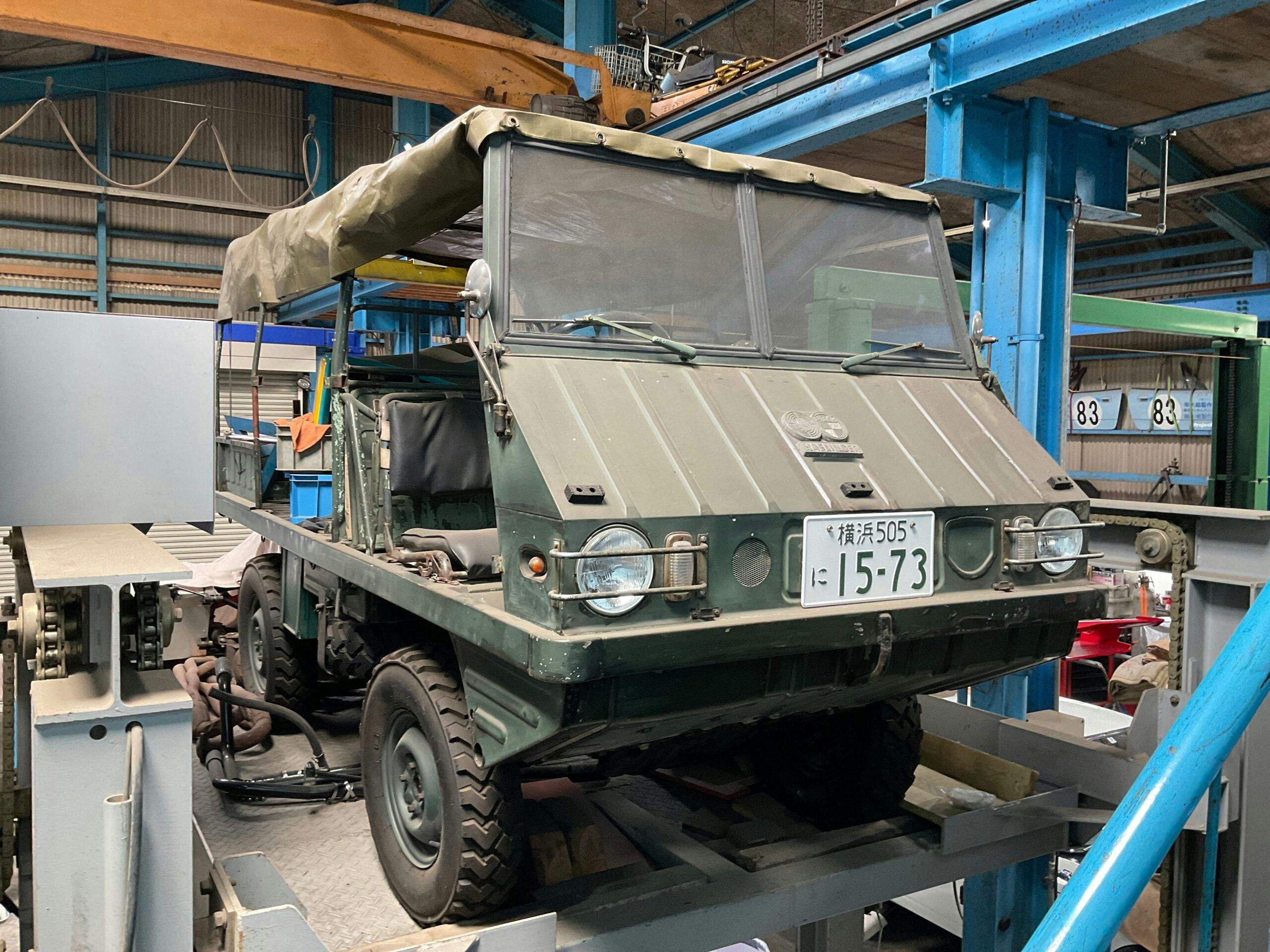
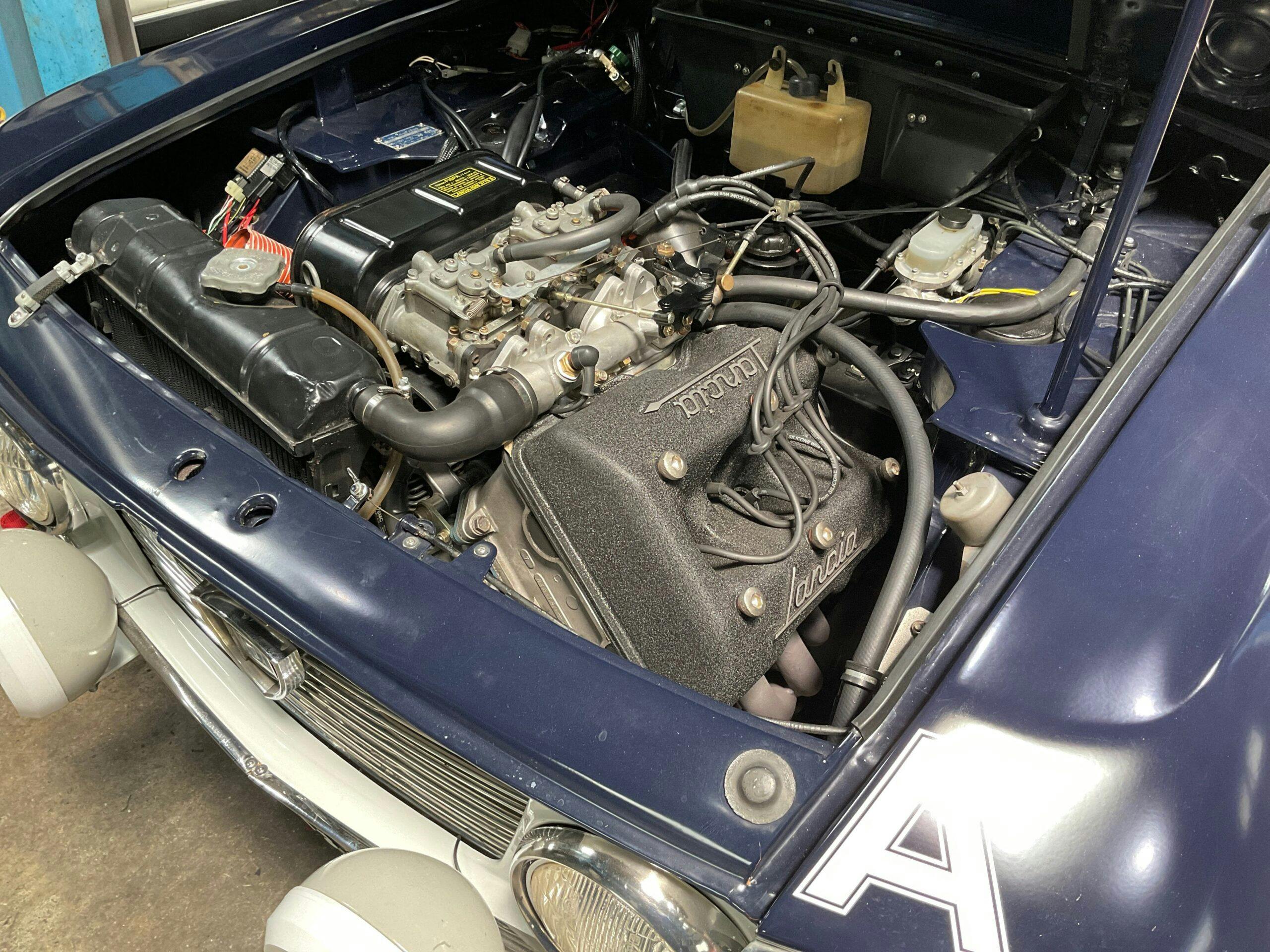
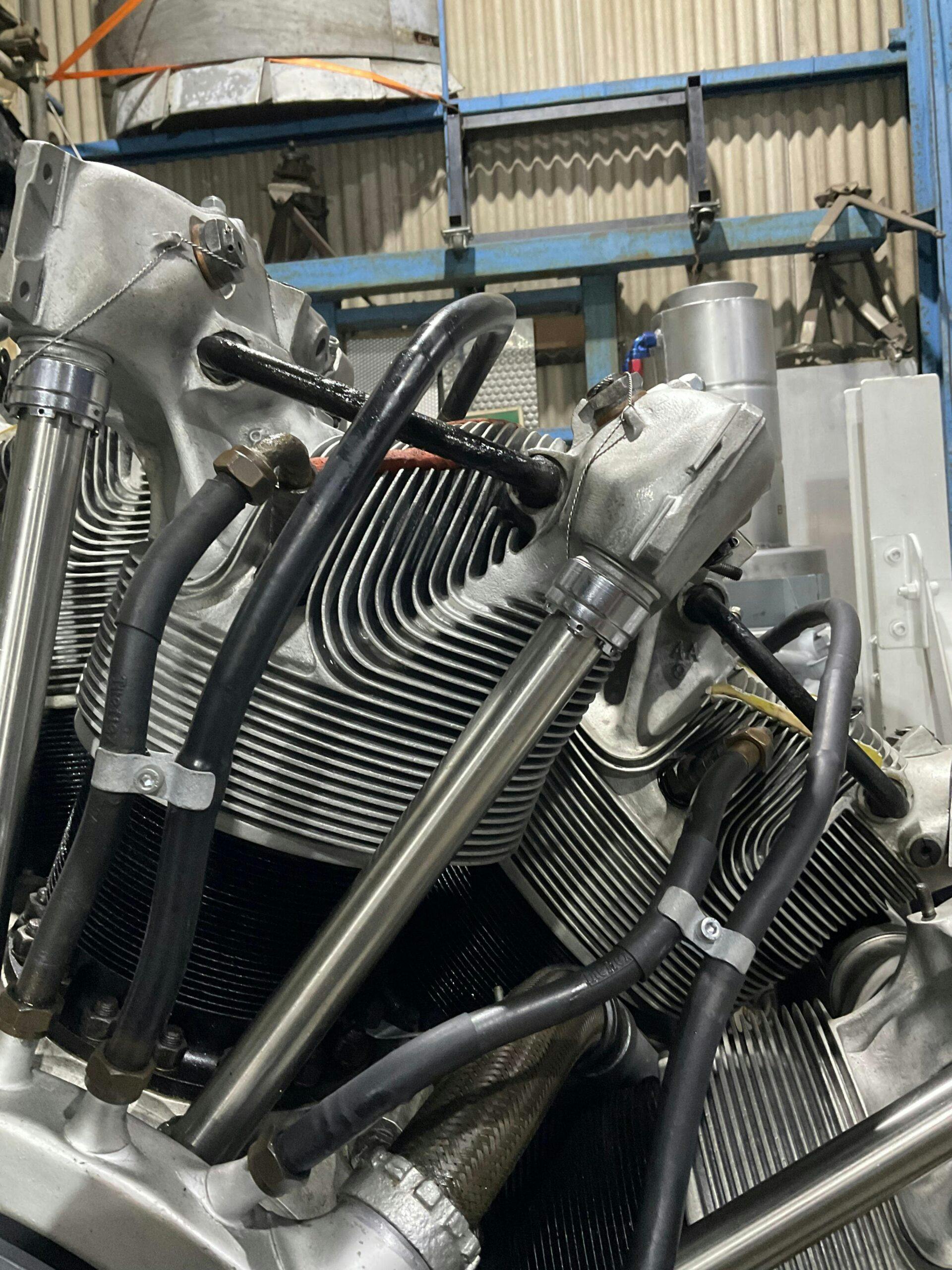
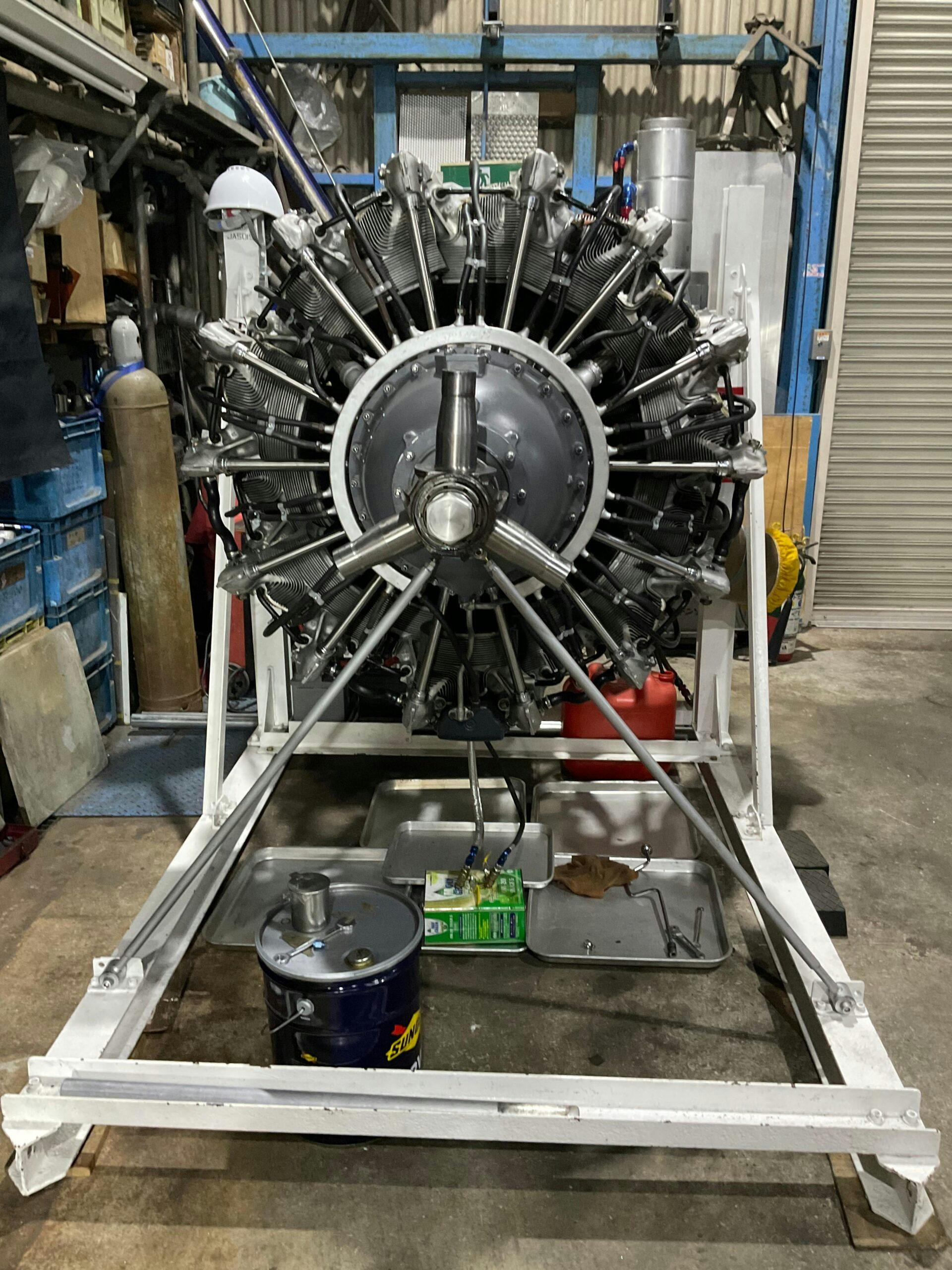

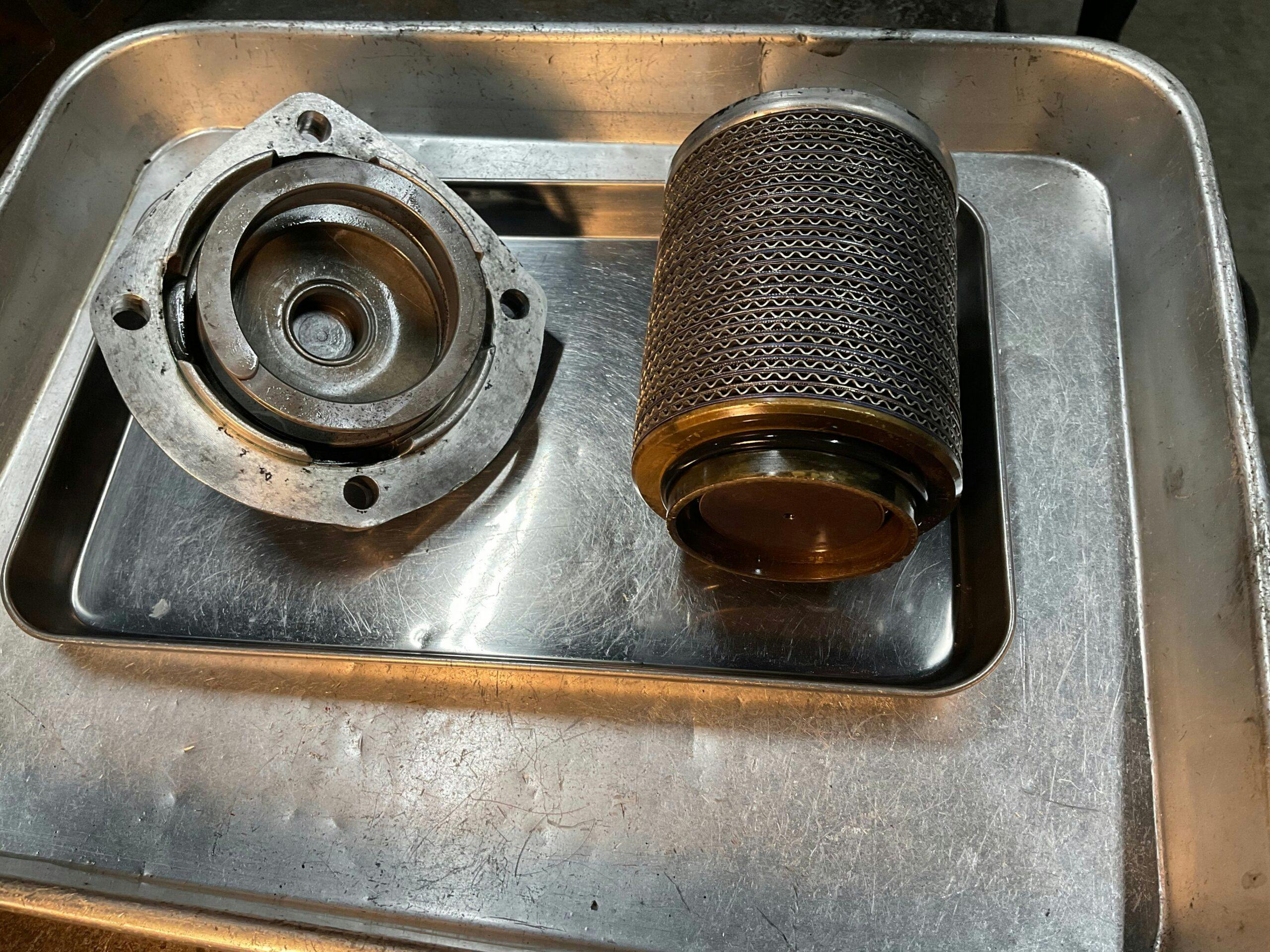
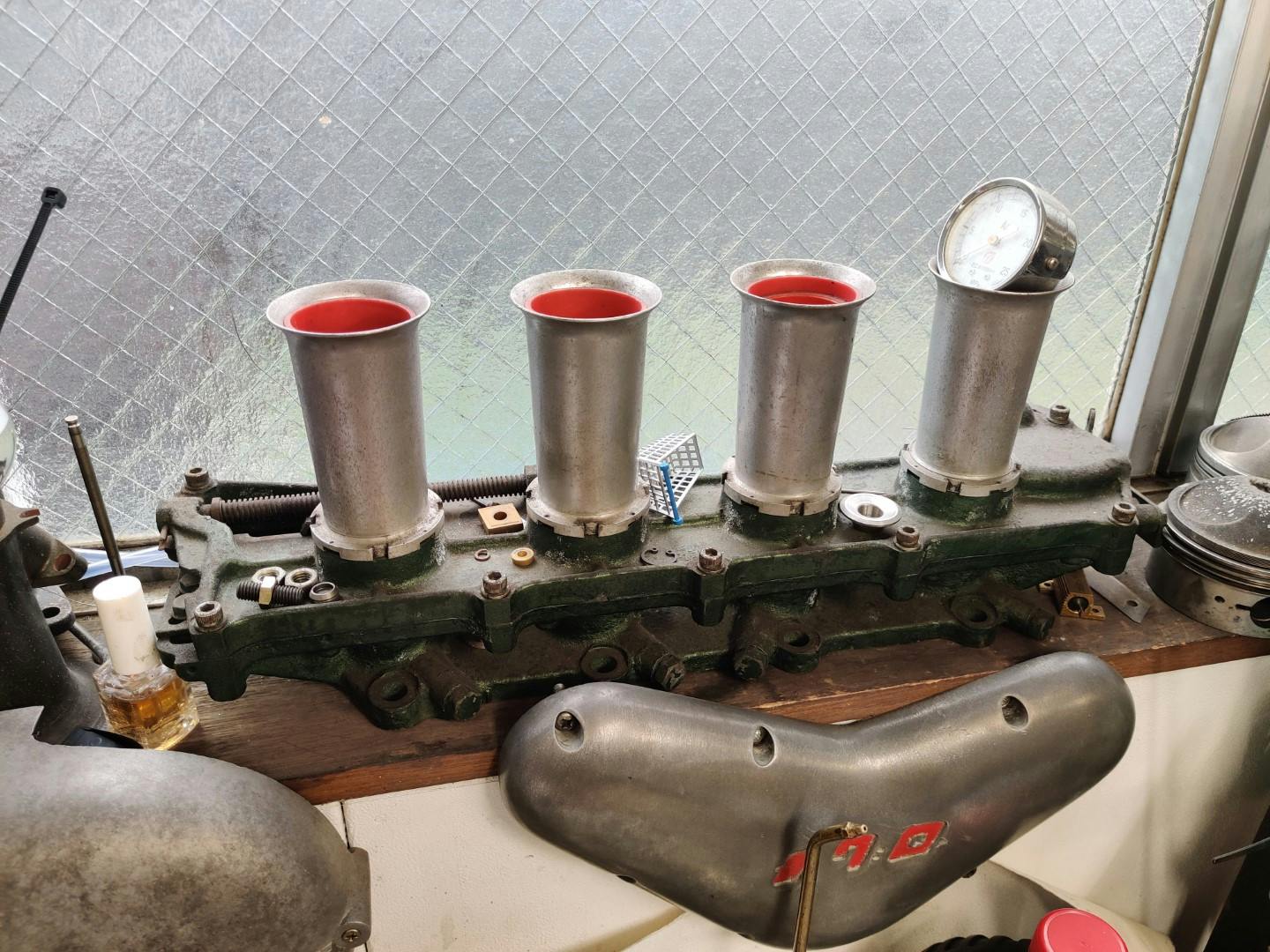
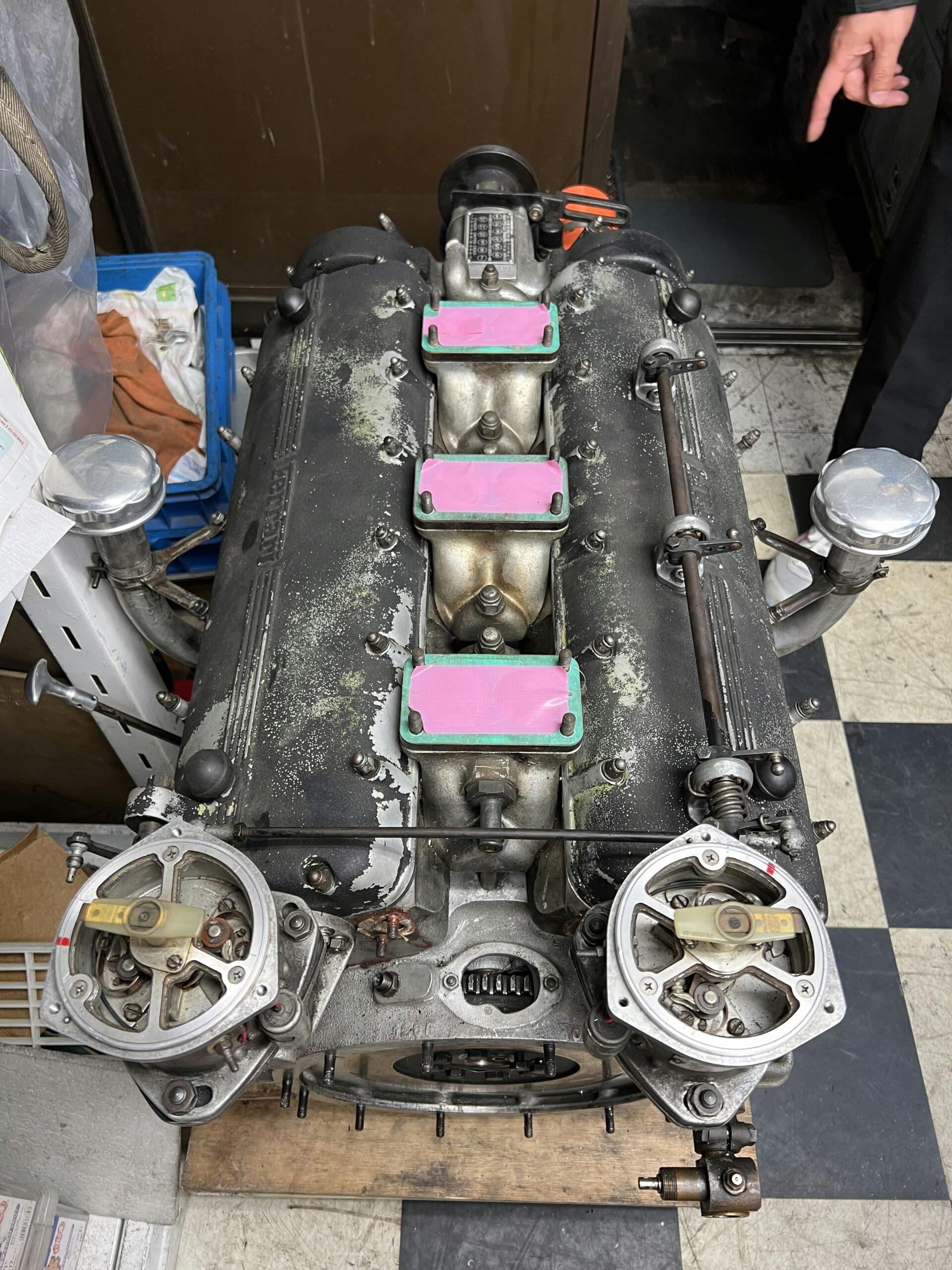
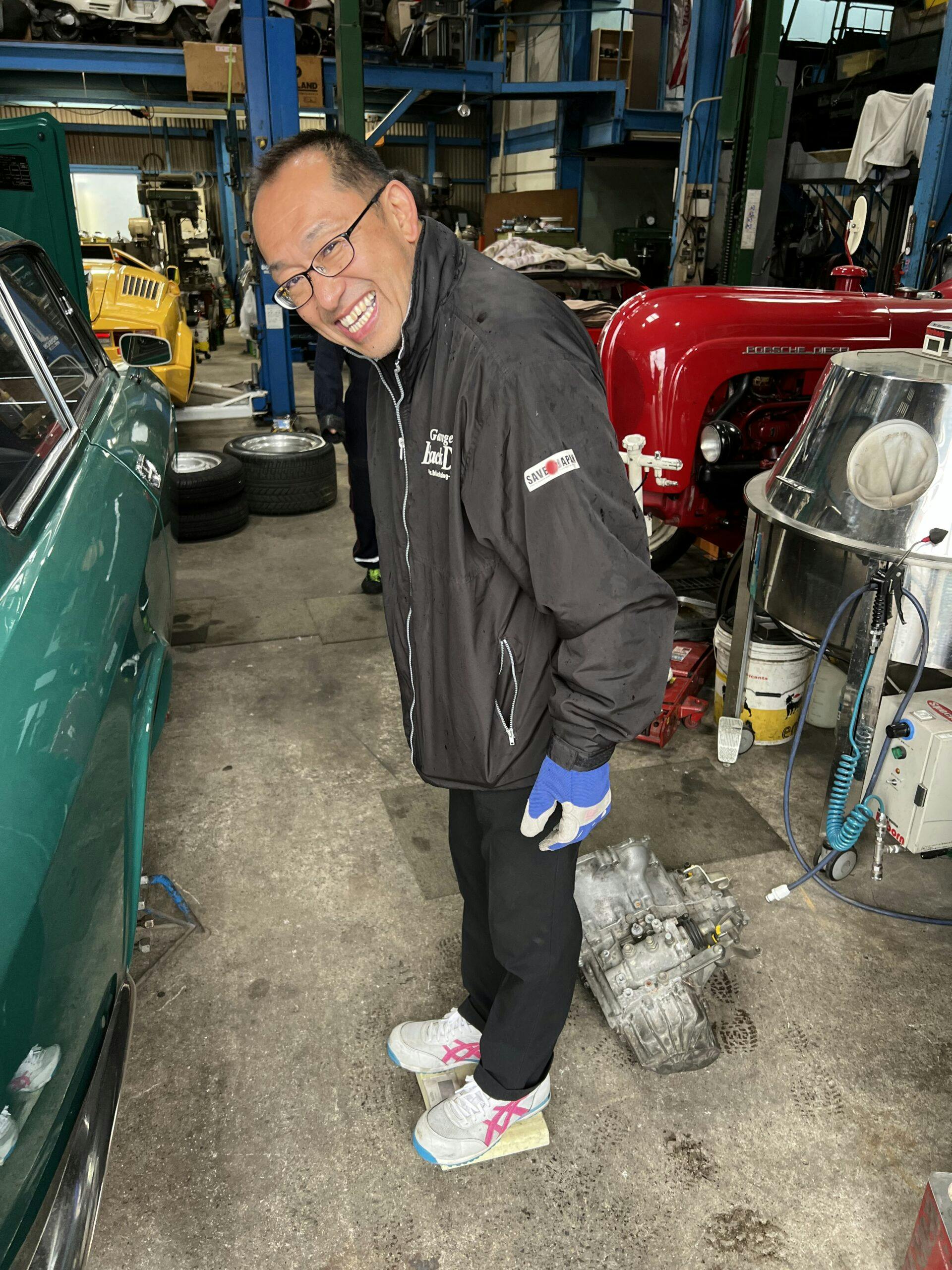
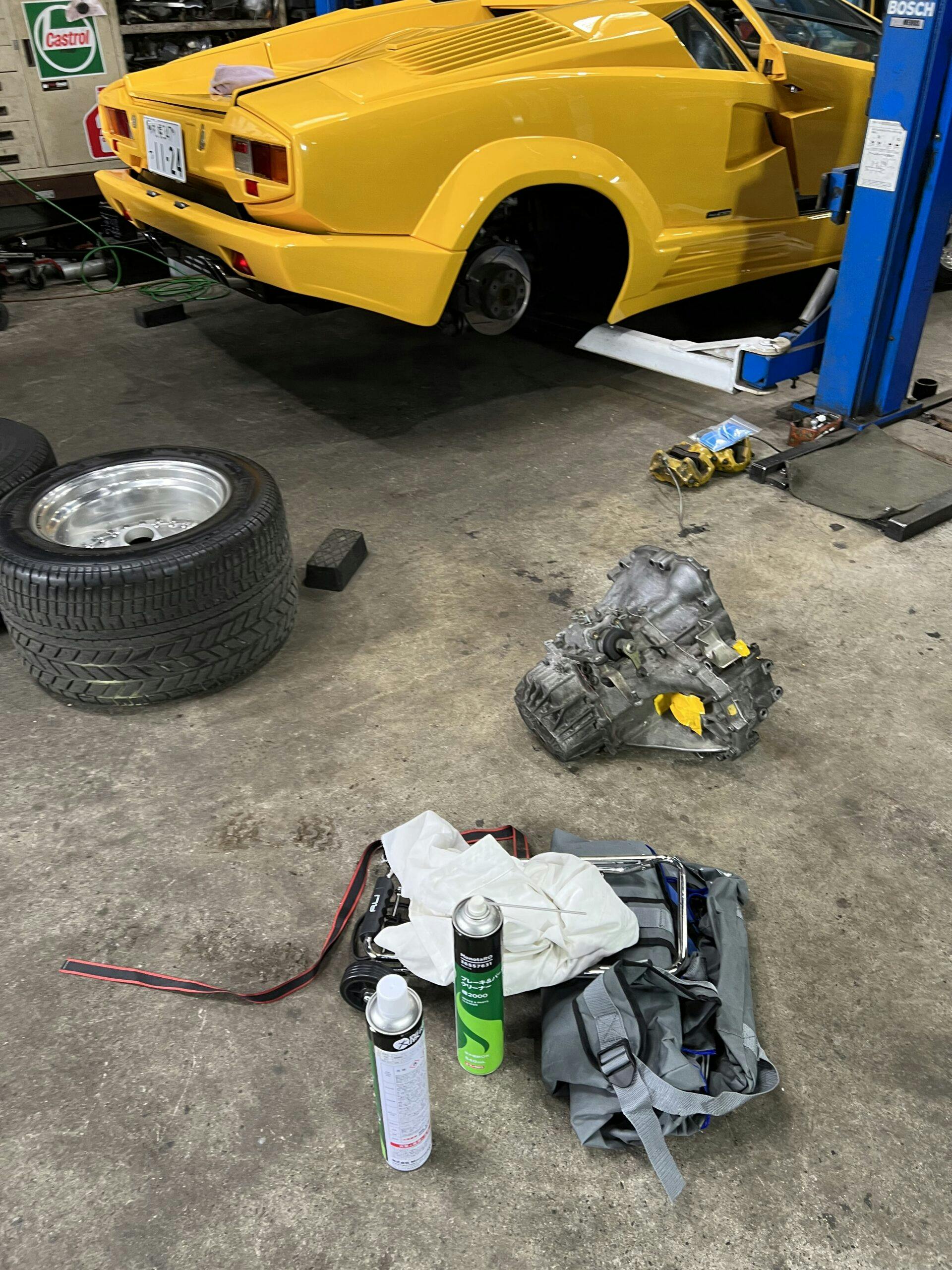
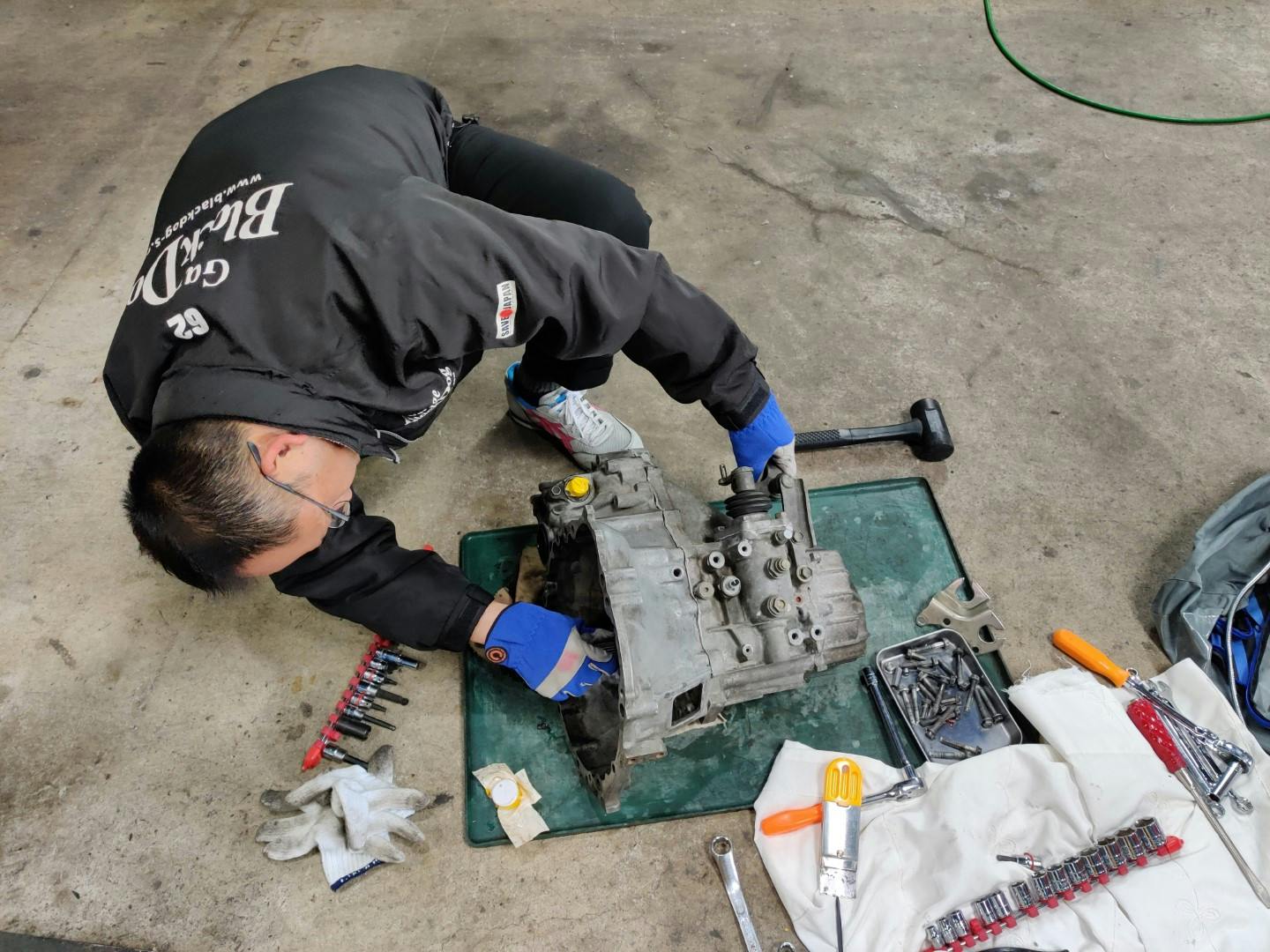
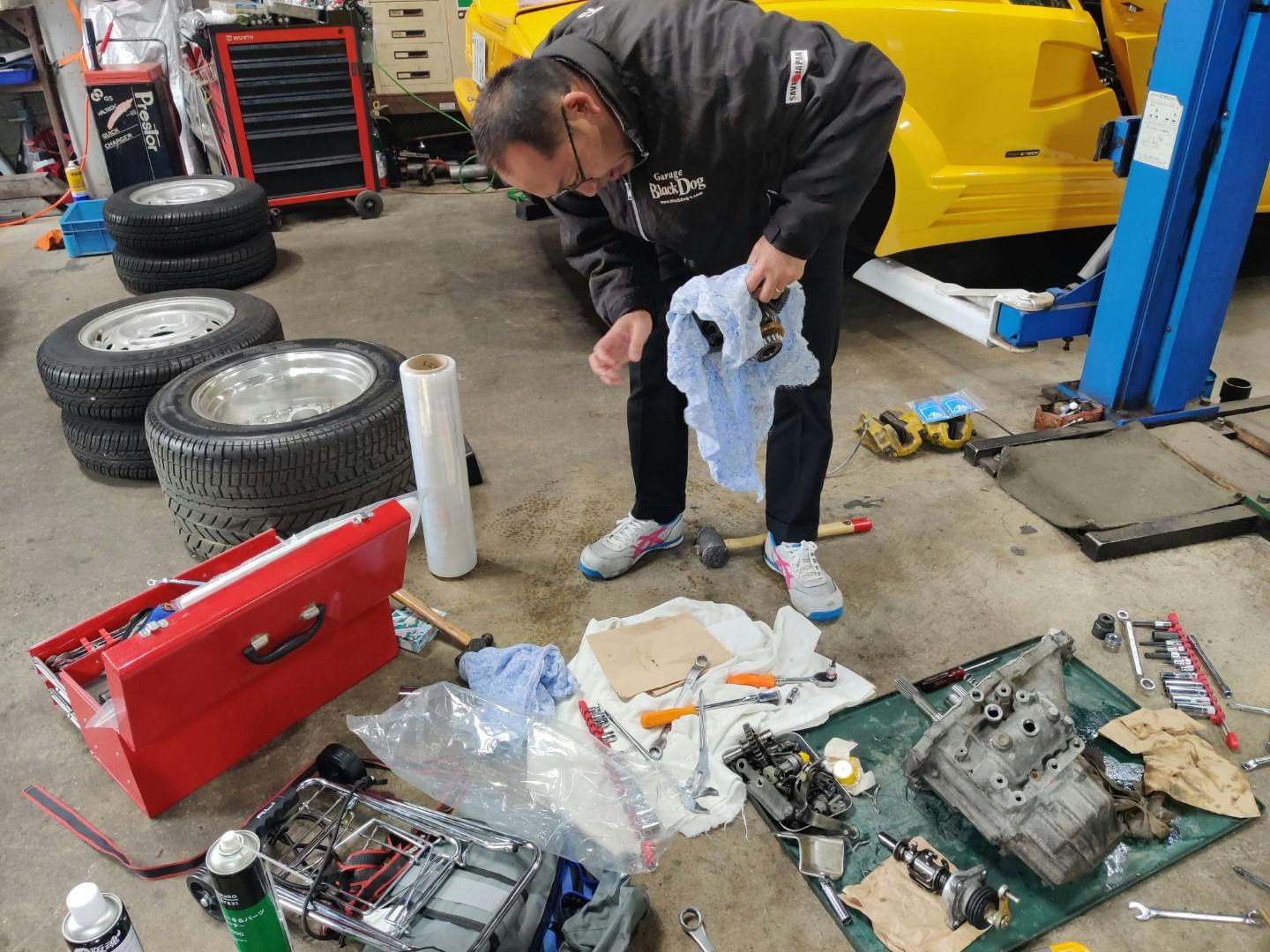
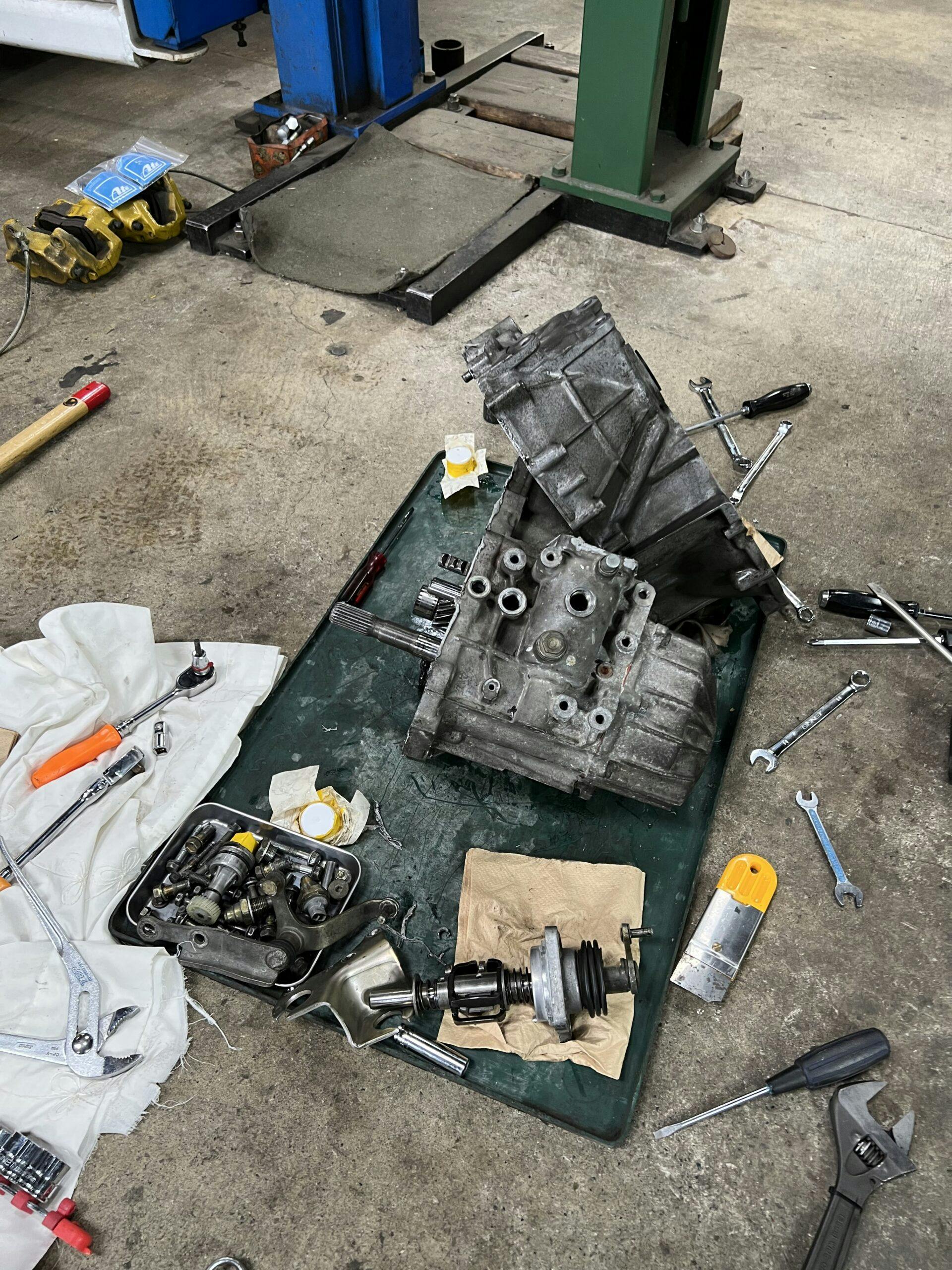

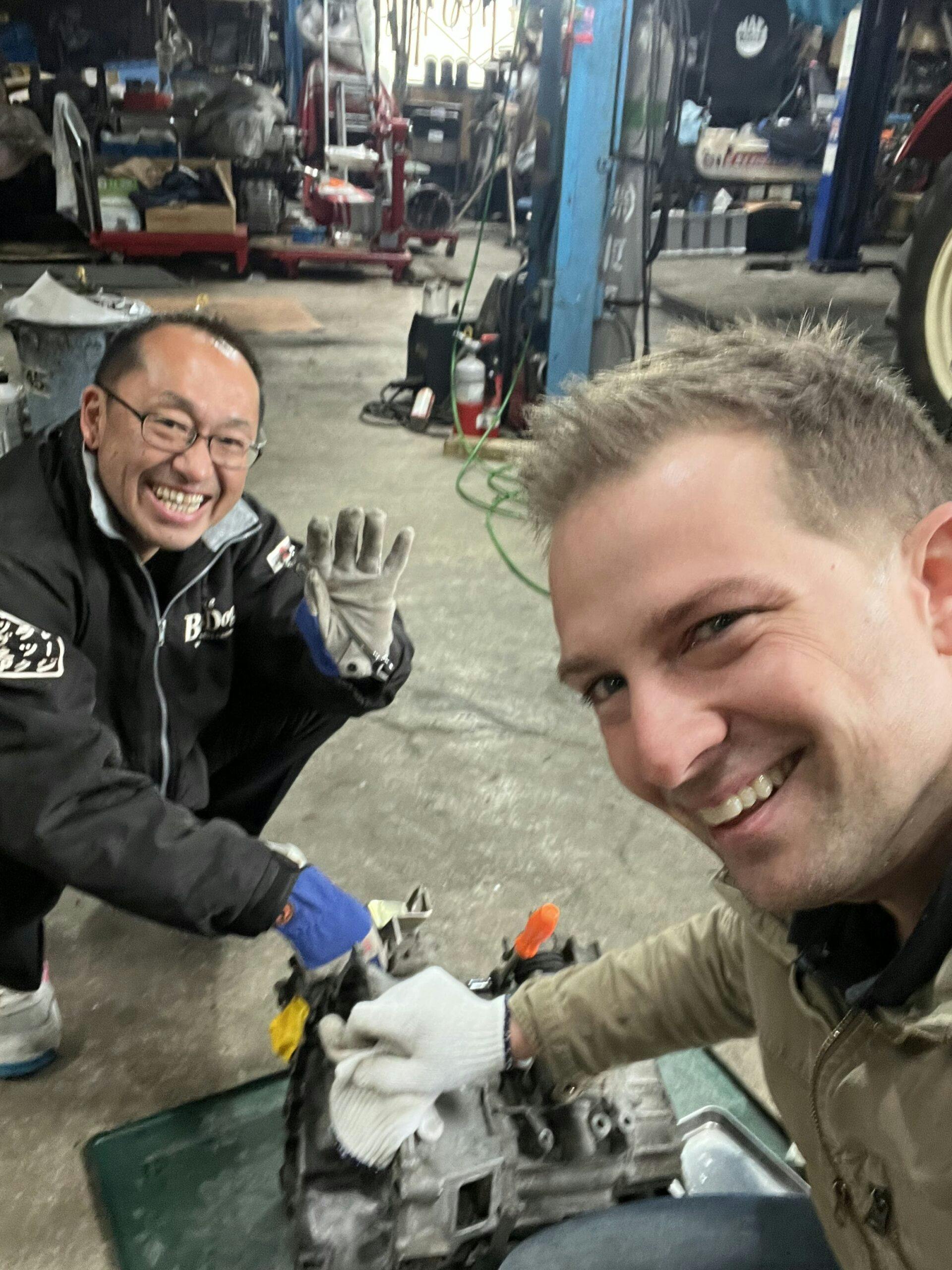
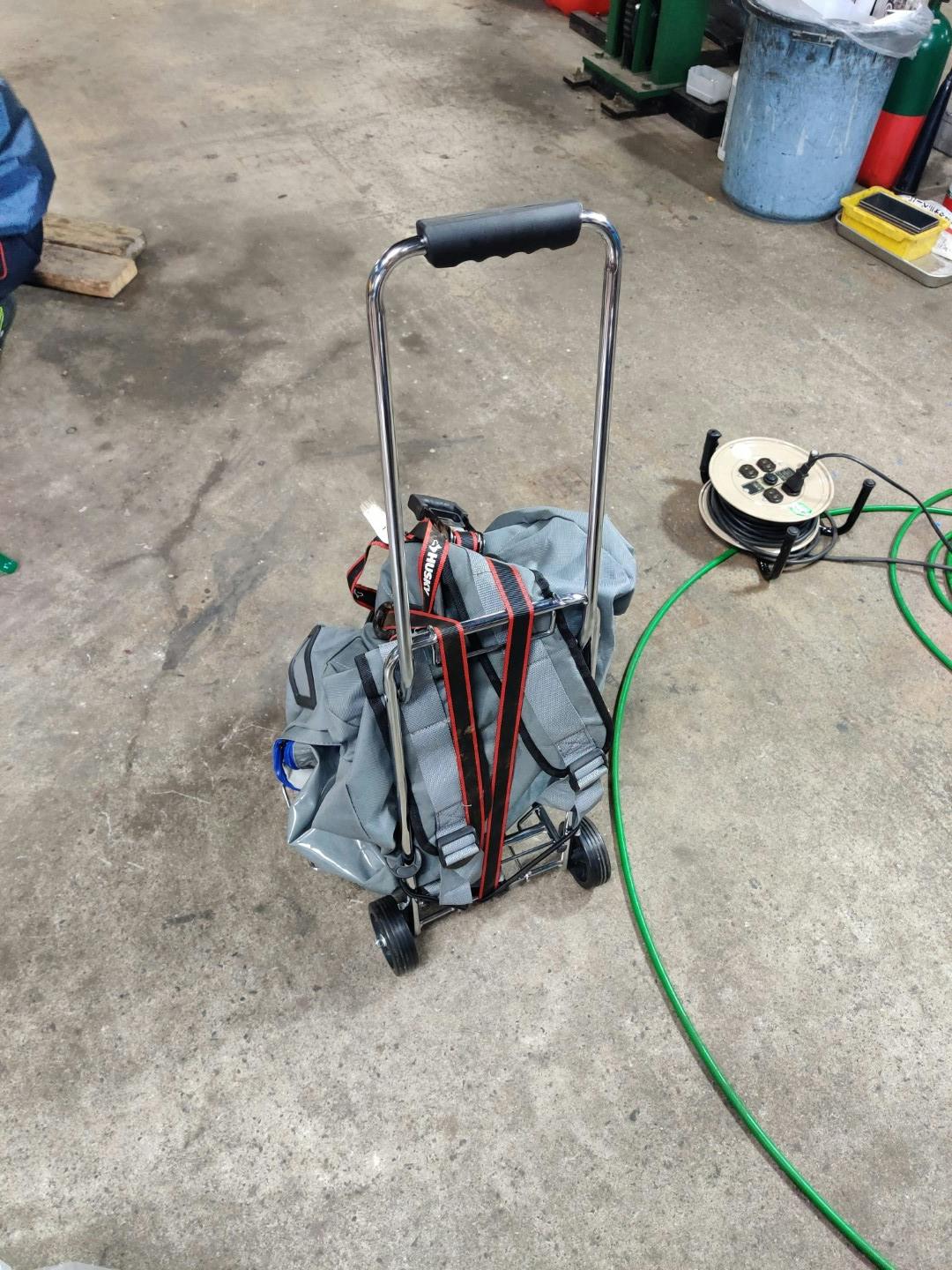

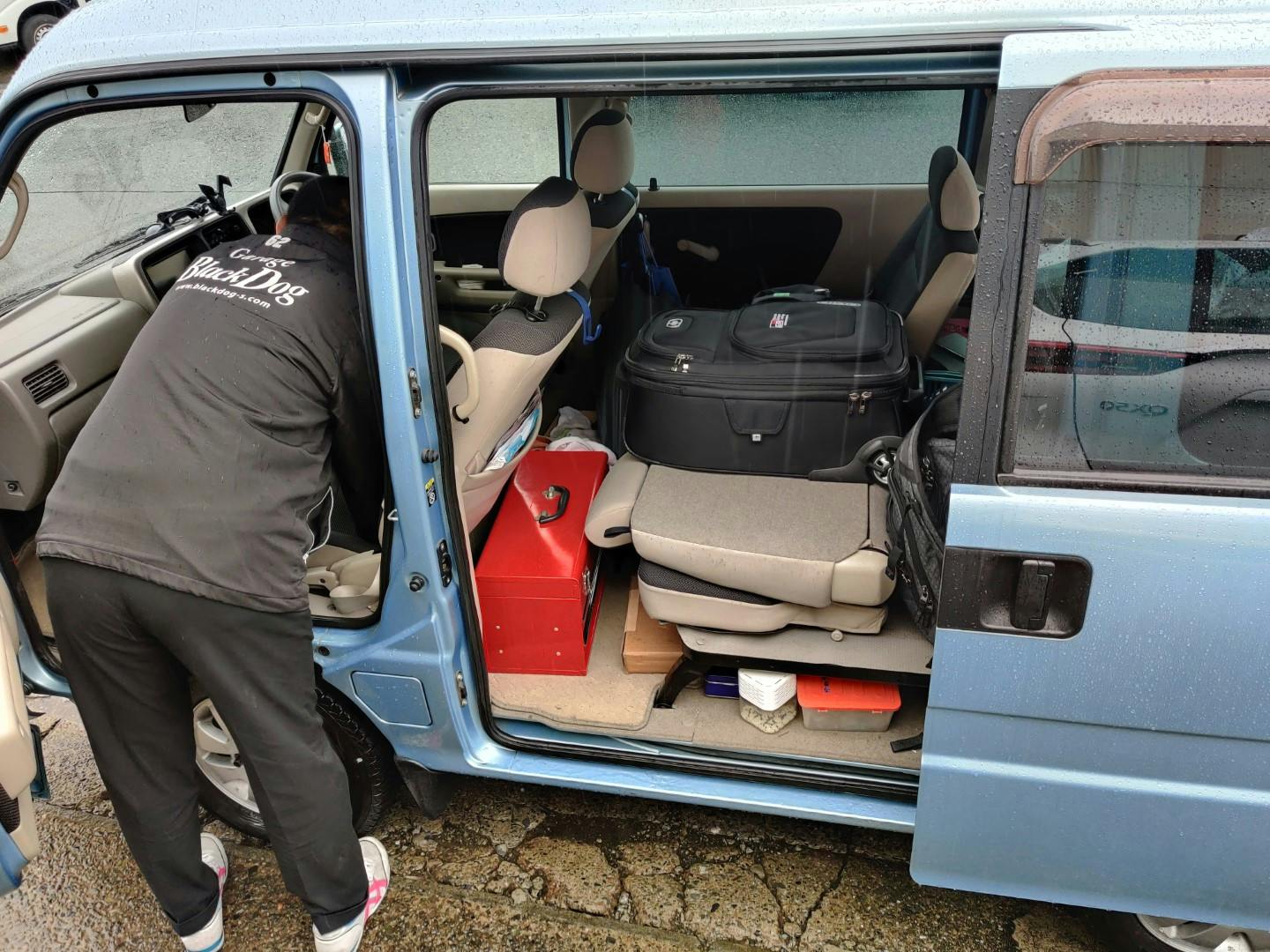
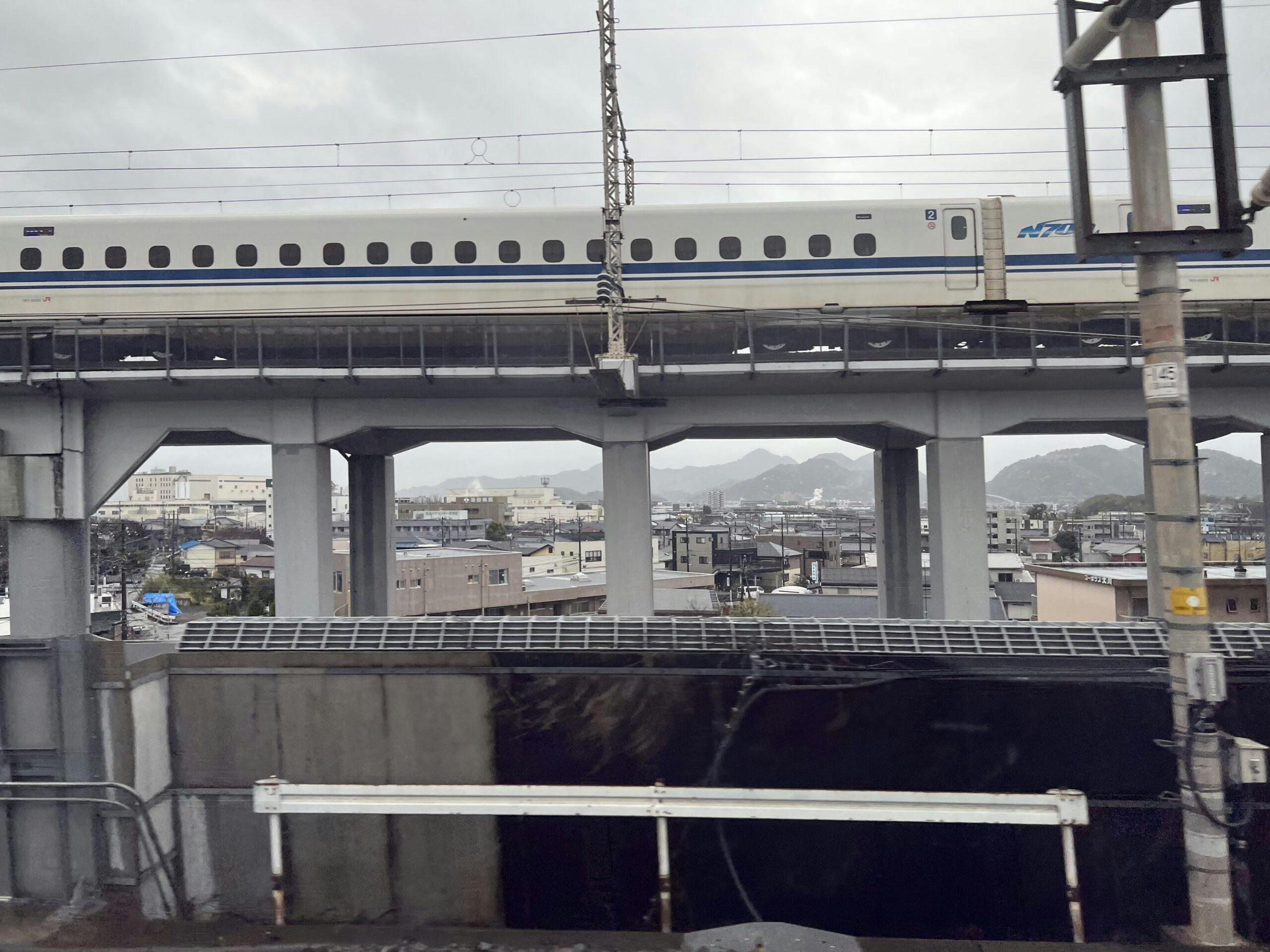
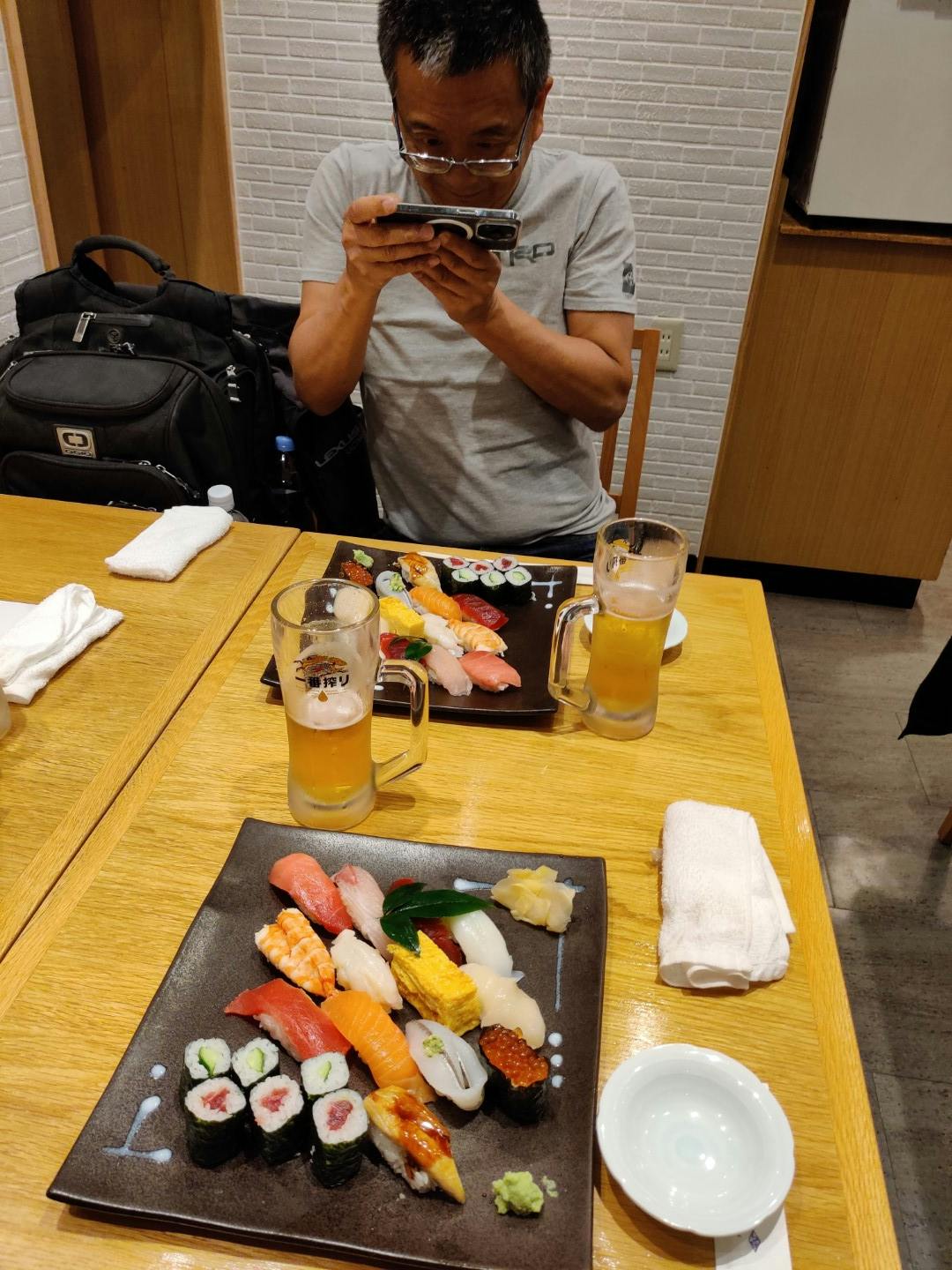
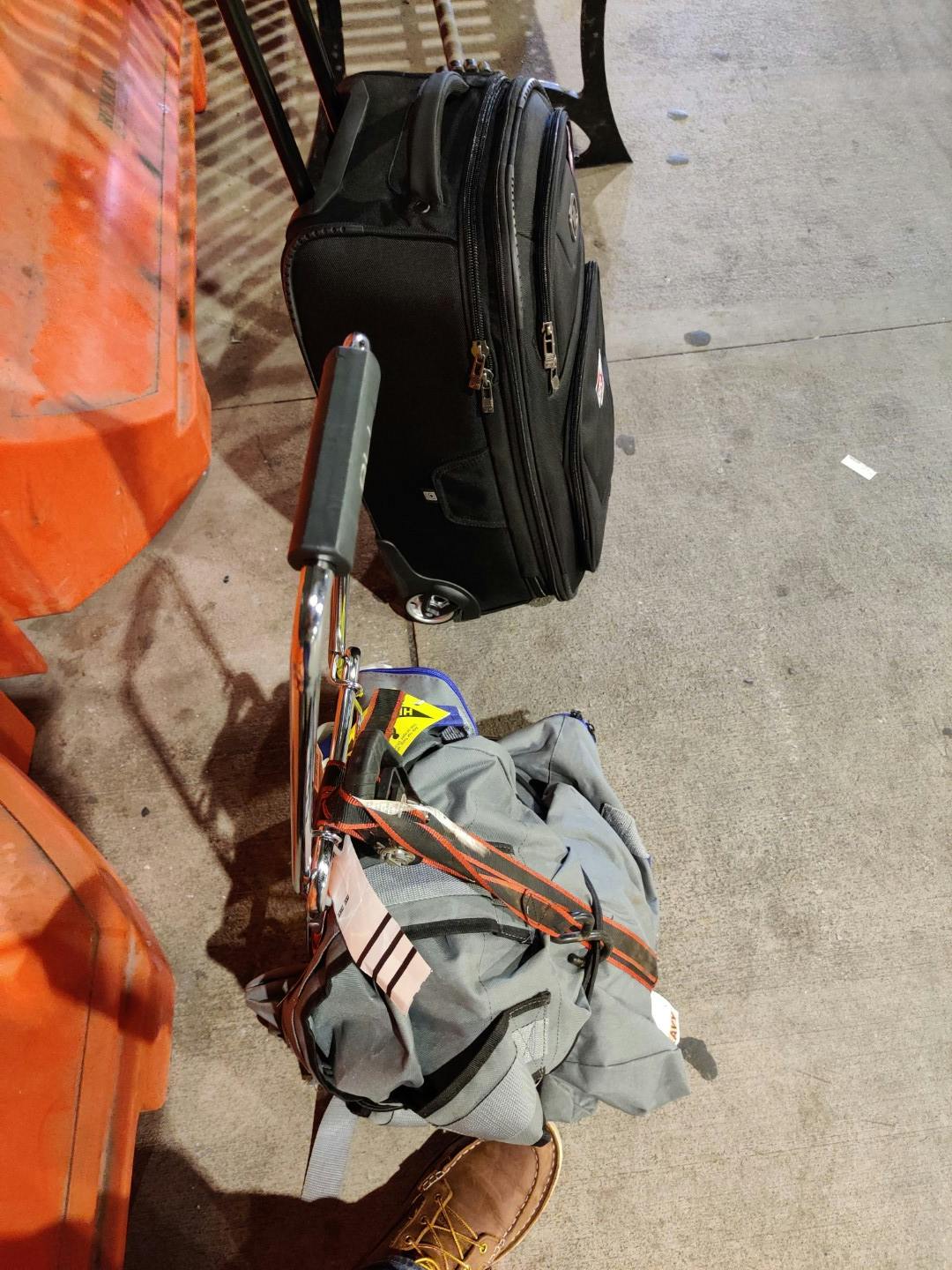
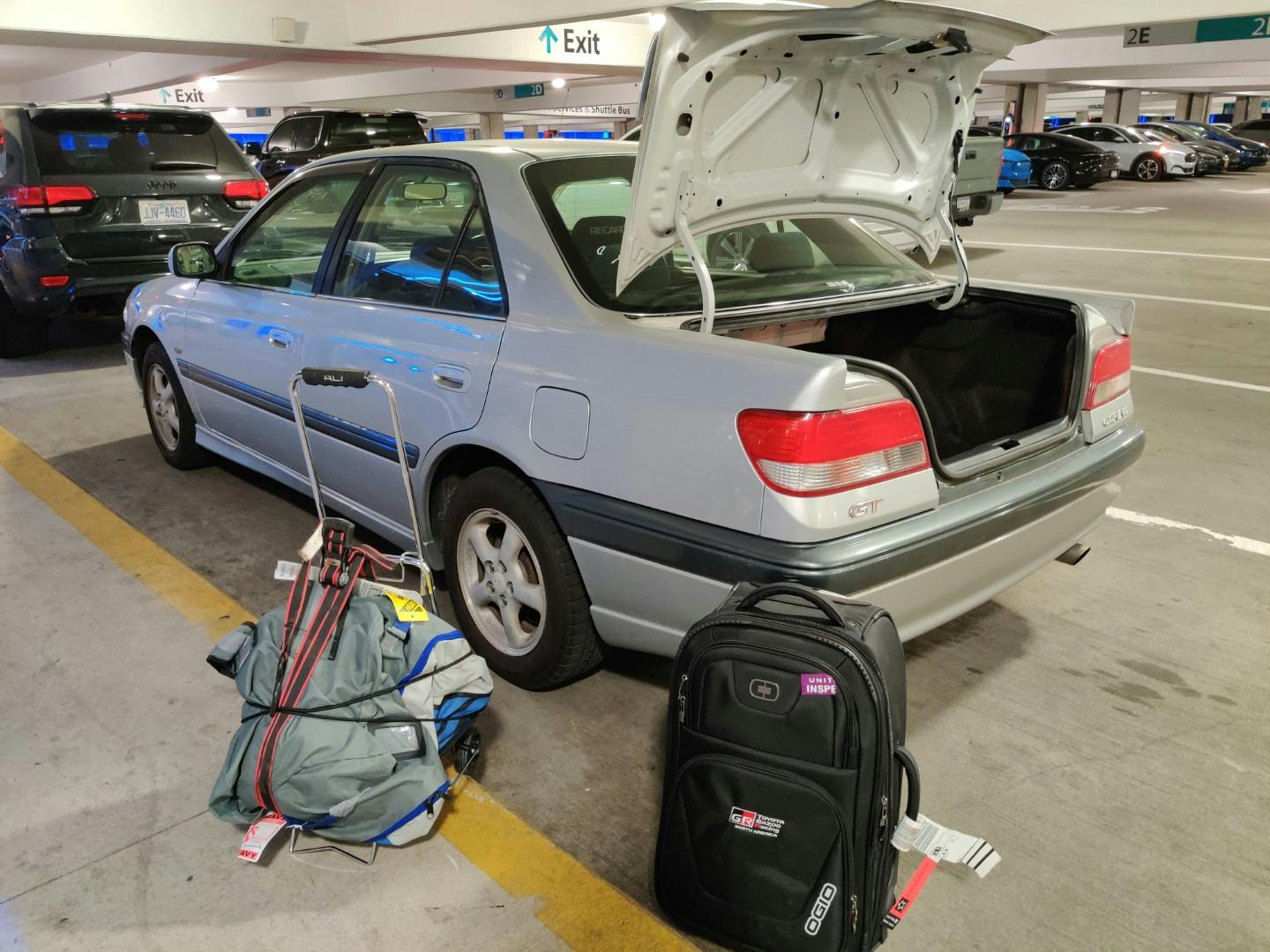


What’s next???
Epic! The late night photos feel like a cross between Blade Runner and some of Tokyo Times’ posts The Tokyo Times blog is a long running exploration of back alleys, culture and scenery and worth a look
The mystery throttles are definitely slide type for mechanical fuel injection, like the Kugelfischer on a Porsche 911 Carrera RSR but there are four and they seem very large so at a guess they are for an Offenhauser Indy car engine.
That Haflinger is a rare beast! I have one torn down for restoration in my garage, and I’ve never seen another outside of a museum in Austria.